|
This past Thursday (April 20th) was 4/20, better known as “Weed Day,” and it took place on an international scale. Now, we aren’t talking about a time to recognize pesky dandelions, taproots or the Bermuda Grass that may be growing in the cracks and crevices of your brick patio or paver walkway now that “spring has sprung.” No sir, we are alluding to weed of another variety—cannabis. That’s right marijuana, dope, pot, grass, maryjane, doobies, bud, reefer, ganja, and hashish. To stay on the straight and narrow with the spirit of this blog, one that weekly chronicles the lives of people buried in Mount Olivet Cemetery, I bring up “Weed Day” only because we lovingly call our gravestone cleaning volunteers “the Stoners.” These are all members of our Friends of Mount Olivet group. It’s a tongue-in-cheek reference that started as a joke a few summers back, as these folks have a fondness for stones (as in gravestones) and you could say achieve a “high” from cleaning said grave markers and monuments. Gravestone cleaning can be hot and tiring work in the throes of summer. In the same vein, this activity can be very rewarding and relaxing as well. The work of our “Stoners” continues to make a beautiful cemetery even more beautiful—taking marble stones that are algae covered and/or charcoal black (due to pollution), back to a clean, pearly white condition. Not only are they now more legible, but in most cases, they look as they did when first installed here, and in most cases with our historic section that means the second half of the 1800s. As 21 states and the District of Columbia have already legalized marijuana for recreational use, Maryland will follow suit in July of this year. That means marijuana smokers will be able to smoke more openly than ever before on 4/20—the date that both marijuana smokers and non-smokers recognize as a national holiday for cannabis culture. Hopefully some may think of us working hard at cleaning gravestones at Mount Olivet Cemetery while doing so—but I “highly” doubt it, to be perfectly “blunt.” Guess you could call it a “pipe dream.” Okay, I will stop with the puns. However, like me, are you interested in a likely explanation behind the choice of April 20th as “Weed Day?” The most credible story traces “4/20” to Marin County, California. In 1971, five students at San Rafael High School would meet at 4:20 pm by the campus’ statue of chemist Louis Pasteur to partake in the special recreational venture. They chose that specific time because extracurricular activities had usually ended by then. This group — Steve Capper, Dave Reddix, Jeffrey Noel, Larry Schwartz, and Mark Gravich — became known as the “Waldos” because they met at a wall. They utilized “420” as the code for marijuana in their communications to one another. Well, these days there is a designated day for just about every hobby, interest or thing. If you came into this article having never heard or known the significance of 4/20, consider yourself now duly enlightened. If not, I sincerely apologize as you will never get that time back;) Since our squad is called “the Stoners,” I felt it only fitting that we kick-off our gravestone cleaning season on “4/20” as well. So, this past Thursday, I filled my Stoners with “munchies,” (doughnuts, munchkins and coffee) and presented them with new, custom “tie-dye” t-shirts sending them on their eight-month quest to clean all of Area H before we call it quits in November. (NOTE: D2 cleaning solution is not as effective when used in colder temperatures as in warmer months). We have a great group of “Stoners” here, and they work under the leadership of Nanette Markey, former registrar at Hood College. As most are retirees, the collective boasts an impressive array of resumes from past careers in the working world. We are so lucky to have them, and you can join us too if interested. I will add a link at the end. As I watched the start of our stone cleaning campaign the other day, taking a few photographs included above, I was drawn to the stones in the first lot in Area H. It’s only a few yards from the entrance to our Key Memorial Chapel, and occupied by a family by the name of Bromett. This moniker is a peculiar one to me as I have rarely, if ever, have seen it before. The Brometts While in Area H/Lot 1, I surmised that these three stones belonged to a husband, wife and child. Michael Brommett was born October 4th, 1806, and his wife (who I would learn had been married previously) was Eleanor “Ellen” (Davis) Rollington, born March 15th, 1807. The couple married July 5th 1834 here in Frederick. Looking at early census records, it appears that Michael hailed from Washington County, and I found an article in a Hagerstown newspaper from 1829 showing a Michael Bromett engaged in running a tavern near Funkstown on the National Pike. This could have been our subject’s father of the same name as I found him in earlier records in the greater Hagerstown area. I first found our Michael Bromett’s name in the Frederick City census of 1840 as it listed two occupants in a house I believe to be in the Bentztown area (intersection of West Patrick and Bentz streets). In October of 1849, Michael received a commission to serve as Deputy U.S. Marshal for Frederick County by Marshal Thomas H. Kent. I was tipped off by Jacob Engelbrecht’s diary that Mr. Bromett would have a hand in conducting the 1850 census of the county as part of his job duties. So we can see his handwriting on display, and the satisfaction of knowing he was the enumerator who filled in the information on himself and family in that particular census. Michael listed his occupation as that of “Collector,” which I had first interpreted to mean “tax collector,” but then I thought “census collector.” Engelbrecht says that Bromett reported in late July, 1850 the following information: “Census of Frederick—Michael Bromett, Esquire the Deputy Marshal for Frederick County completed the census of Frederick a few days ago. The result is as follows, 986 dwelling houses—1092 familkies—4802 white inhabitants—809 free Negroes—426 slave. Total Blacks, 1235—total white & Black, 6037—number of deaths for one year ending June 1, 1850, 75. Taken down from the official statement this 31day of July 1850.” I would be right in both cases about my "collector" hypothesis, as evidenced by the following article in a Frederick newspaper. Additional entries in Engelbrecht’s diary state that Michael Bromett was appointed a town constable in 1852 and a sheriff’s deputy for the county in 1857. He would remain in that position for at least a few years as this is shown in the 1859 Williams’ City Directory of Frederick. In the 1860 census, he is listed as a clerk. He also had a side hustle in the insurance business, as he was a local agent for a firm out of New York. A year later, Michael would join the Brengle Home Guards of Frederick City as the winds of civil war were blowing in earnest. The unit was formed in April, 1861 as Fort Sumter in South Carolina was fired upon, and our neighbor to the south, Virginia, seceded from the Union. With all the training and experience in police and military matters that Michael had been involved in, he found himself a crime victim in February, 1864. “Robbery of the Baltimore & Ohio Railroad cars—On Friday morning last between 3 & 4 0’clock February 12, 1864, the passengers in the railroad cars between Kearneysville & Martinsburg were robbed by guerillas as citizens in disguise. Mr. Michael Bromett of our town, on his way to Ohio, was in the cars & robbed of $170. It is supposed that 8 or 10 thousands were got from the passengers. The United States mailbags were taken out of the cars but were not opened. On that account it is supposed they were not guerillas.” —Jacob Engelbrecht, February 15, 1864 Two more notes regarding Mr. Bromett and the Civil War include the fact that he was appointed quartermaster of Frederick in mid-June 1864, and two weeks later, skedaddled (hastily left) from town in advance of the Confederate occupation under Gen. Jubal Early that led to a $200,000 ransom of town, followed by the Battle of Monocacy. I seem to think that Quartermaster Bromett strategically took supplies out of town with him as not to fall in the hands of the enemy. After the war, Michael Bromett became an agent for the National Express and Transportation Office with an office at 7 South Market Street. Their home residence (since 1856) was only a few blocks away at 309 South Market Street. I would learn from the 1870 census that Bromett’s days as county sheriff were behind him, as I assumed he was retired. This wouldn’t last long based on an article I found in a local newspaper the very next year. Mrs. Ellen Bromett was a Davis as mentioned earlier, but I failed to learn much more of her parents and upbringing. I found that she had married William Rollington in 1827. Engelbrecht reports that Mr. Rollington died in 1833 in Harpers Ferry. He is one of the nearly 300 individuals buried in a mass grave associated with the former All Saints’ Protestant Episcopal Cemetery. This is located on Mount Olivet’s Area MM. Ellen would meet Michael Bromett soon after her husband’s death and marry again. The couple had a son, Charles Henry, born in Frederick on September 4th, 1842. His life was relatively brief, as he died at age 12 on July 26th, 1855. I went in search of his obituary as our cemetery records indicated that he was killed at a mill. I would soon learn a bit more on his traumatic demise from Jacob Engelbrecht’s legendary diary and an entry dated July 26th, 1855: “Accident. Charles H. Bromett, only son (and child) of Michael Bromett of our town was seriously injured this forenoon at the Bark-Mill in Mr. George Wachter’s Tan yard—he was standing near the Bark-mill and was drawn under and crushed (horizontal beam drawed him under). P.S. 4 1/2 PM is dead—so said by Mr. John Fessler.” This would have prompted the purchase of this prominent grave lot, being the first sold in this section. The cemetery had just opened 14 months earlier in May, 1854. It is safe to assume that it was the first monument erected in the two part area our "Stoners" plan to tackle this spring, summer and fall. As for Michael and Ellen Bromett, I didn’t find more than the former’s name associated with advertisements for estate and equity sales and auctions in the local papers. Both would pass in late summer of 1876. Michael would die on August 13th, and Eleanor on September 4th. They would be laid to rest in Mount Olivet next to their son and within close proximity of the Clarke Monument and the Public Vault which I have chronicled in earlier stories. The vault was the precursor to the mortuary chapel that exists today (Key Chapel). As I watched “Stoner” Heather Sutton cleaning the Bromett gravestones, I couldn’t help but notice a familiar symbol atop Michael’s grave marker. This, of course, is the Square and Compasses, the single most identifiable symbol of Freemasonry. I took particular interest because I had been invited to give a history presentation on Mount Olivet to the Columbia Lodge #58 the following weekend. Williams’ History of Frederick County, published in 1910, gives a nice overview of the history of Masonry in the county. Therein, I found Michael Bromett’s name. He was said to have been “an earnest and devoted mason” throughout his life. He served as the Columbia Lodge’s Worshipful Master (president) for three terms: 1851, 1858 and 1860. The masonic emblem can be found on several stones in Mount Olivet, and in this particular case, it includes the letter “G” in the center of the Square and Compasses. In case you are interested, the website Freemason.com gives the following explanation of the logo: This symbol consists of three core elements: the square, the compasses, and the letter “G.” The square and compasses are considered to be the tools of the architect and builder, which are used to teach the lessons of the symbolic lodge. To understand the meaning of the whole, it is necessary to break down the significance of each element. THE SQUARE The square, or builder’s square, is two equal flat-edged metal or wooden arms fixed that form a perfect “right angle” – or 90-degree angle. This tool is critical in stonemasonry because it allows craftsmen to draw and carve perfect square corners. Having perfectly square corners when building is critical to ensuring buildings do not lean and are structurally strong and sound. In Freemasonry, this symbol is used to teach lessons of morality. The notion that being “square” in your actions implies being honest and fair. THE COMPASSES Most people likely know the compasses best from their geometry class. This tool consists of two legs equal in length that are fixed together at their apex by an adjustable hinge. In geometry, it is used for drawing perfect circles and arcs, a crucial element of architectural planning. In speculative Masonry, the compasses symbolize self-restraint and man’s ability to reign in his yearnings so that he may live a balanced life. THE LETTER “G” In America, the letter G is often found in the center of the square and compasses. It is less common in England and other parts of the world. Different people will ascribe different meanings to the letter G. For some it refers to Geometry and supports the Masonic lessons and symbolism associated with builders and architects, as well as the measurement and understanding of the order and perfection of the universe. Others see it as referring to God or the “Great Architect of the Universe,” which is an ecumenical term used by Masons of different faiths to refer to Deity as they pray together, each according to his own beliefs. PROSPECTIVE MEMBER EVENT
On Thursday, May 4th, the Friends of Mount Olivet will be hosting another prospective member day. Emphasis will be placed on giving participants the chance to see our stone cleaning work live and up close. Ask our Stoners why they got involved, and learn about many other preservation and entertainment activities our Friends Group has to offer.
1 Comment
I’m on a streak of late of writing stories purely inspired by cemetery monuments. While walking the grounds the other day, I took special notice of a sampling of religious themed monuments in our newer, more modern areas of Mount Olivet, towards the back. Now mind you that these were not that “modern” as I was in some spots that were laid out in the 1960s. They are primo spots with curb appeal and what we in “the biz” of burial call “feature lots.” In particular, I spotted a couple prominent scenes of Jesus which seemed timely enough for Easter weekend. The first of which was in Area DD and the second was directly across the central drive (through the cemetery). Both are distinctly Irish names, and growing up in an Irish Catholic family, I naturally found both grave markers fitting testaments to the fact that immense faith played in the role of the people of Ireland, and conversely those who immigrated to America in earlier centuries. These were plots owned by the Roughan and McSherry families, respectively. Either of these specimens could easily contend for the central focus of this week’s “Story in Stone,” but I found a tandem of stones about yards around the next bend (in Area CC) that would capture my imagination to a greater degree. More on these in a minute, as I thought the least I could do is include photos and obits on the primary decedents buried within the Roughan and McSherry lots. Interestingly, both families were members of St. John’s Catholic Church here in town and chose our garden cemetery over historic burying ground still operating in downtown between East Third and Fourth streets. Area DD/Lot 14 is the plot belonging to the family of Lawrence V. Roughan. Mr. Roughan hailed from the Midwest, and he and son James, who is also buried here, were involved in manufacturing and engineering pursuits. Lawrence Vincent Roughan was born in Chicago in 1893 and came to Frederick with his wife Nettie (1894-1955) in the early 1940s via Michigan where they were living in 1940 in the town of Adrian in Lenawee County. As his obituary reports, he purchased and operated a local, well-known business in his new home of Frederick. His son James, would also play a role in running this business. Son James would retire from the company in 1961 and would leave Frederick as well for Arizona. He predeceased his father in 1976. He would be buried here in the Roughan plot next to his mother in Mount Olivet. She had died over twenty years earlier. McSherry Family The McSherry family has a long history in Frederick. As a matter of fact, many Frederick “McSherrys” can also be found in Saint John’s Cemetery including the father and grandfather of William Clinton McSherry (1888-1954) who is buried in the plot on Mount Olivet’s Area CC/Lot 14. These men were prominent attorneys and William’s grandfather, James McSherry, Jr. (1819-1869) actually penned an early popular history of Maryland in 1849. This central monument can be found in Area CC/Lot14 with corresponding footstones to William Clinton McSherry, wife Mary Natalie (McCarthy) McSherry (1891-1953) and son William Clinton McSherry, Jr. (1915-1994). The latter had an interesting journey which included a career in law, military service, assignment to the Manhattan Project, and a tragic death in 1994. I will reserve his story for a future article as it deserves the time and additional study from your author. At this point, I’d like to include William Clinton Sr.’s obituary. On my Wednesday morning walk the other day, I departed the McSherry gravesite with assistant Marilyn Veek and we continued to enjoy the pleasant weather that inspired us for an impromptu Mount Olivet walking tour. Walking south on the central drive, we made a right turn around the end of Area CC as we headed towards Area QQ (as if any of these lot locations mean anything to you unless you want to follow in our footsteps). We immediately spotted two more Christ-inspired large, family monuments that looked very similar in make and model. Side by side, and endowed with landscaping including hedges, the first family was a new name for me which I have never seen before—Raggi. I presumed immediately it was of Italian origin originally and have since learned I was correct as it derives from the term “raggio” which refers to “a beam or ray of light,” such as points of a star. The second name, however, in the neighboring plot, was as well-known as a Frederick name can be to a Fredericktonian. And no, this wasn’t a founding German family name like Bruner, Ramsburg, Steiner or Schley, but can be traced back to Ireland like Roughan and McSherry. I present to you the grave lot of the Bushwallers. Yes, it’s the same family tied to the popular watering hole located at 211 North Market Street in Downtown Frederick. I could have easily featured this gravesite a month ago with a perfect tie-in to St. Patrick’s Day, as Bushwaller’s is usually a given “go to” for the “green at heart.” And yes, Bushwaller’s can easily have many think of the old Irish saint who wrangled snakes, but the pub certainly doesn’t conjure up the image of God’s son on the cross—unless, of course, you’ve imbibed too much and you are back home feeling nauseous and it seems like the room is spinning around you. That’s when, religious or not, you may offer up prayers to your savior for forgiveness and a return to better health. Who were these Bushwallers in Mount Olivet, and how do they connect to the restaurant outside of the same name? For starters, I went to the restaurant’s website, and searched for its history. Here’s what I found: “Welcome to Bushwaller’s, as a restaurant we have been a Frederick tradition since 1981. However, this building and the room you are sitting in have been so much more throughout the 170+ years of existence. Originally constructed in the 1840’s the first recorded commercial use of 209 N. Market St. was the Steiner Brother’s Drug Store. The area you are sitting in was used as the main store room area and space directly above you (accessible only from the adjacent outside door and known as 211 N. Market St.) was a residence. It is said that it was the home of the Steiner Brothers themselves. The Steiner’s Drug Store was a staple of the community until 1935 when they sold the building to Robert Grove. He opened Grove’s Liquor and Grocery which featured groceries and fresh local meats. Mr. Grove’s walk-in meat locker, still in good repair, was carefully restored and is in use today as our keg room. Look toward the rear of our dining room space and you will notice the fine hand crafted wooden wall on one side and the white metallic wall with the long mirror is the other side. This is a wonderful contrast to the unique commercial uses for this space throughout the century.” I have heard of both the Steiner Brothers and Mr. Grove, and am happy to say that they too are residents of Mount Olivet. I will tackle their respective stories on another day. As for the restaurant opened by brothers George and Bill Bushwaller, I read they had honed their culinary skills by working at seafood restaurants in Ocean City prior to opening the pub in 1981. They felt that Frederick needed a restaurant that featured maritime-themed dishes, but also wanted to create a unique nightspot that had a “turn of the century” feel and an ode to Irish roots. While we are on the subject of the namesake pub, I reveled in discovering some old newspaper articles from the early 80’s involving the opening of Bushwaller’s and its role in St. Patrick’s Day shenanigans 40 years ago. I looked for a clear-cut meaning of the name Bushwaller and came up empty. However, it is a cool name that exudes a lot of charisma like the pub's original owners, so we can leave it at that. Although this establishment has been sold multiple times since the founding brothers' ownership, it has continued its popularity as a veteran fixture within one of the greatest downtown small city bar scenes in the country. The name fits it perfectly, so as they say, “If it ain't broke, don't fix it!" The Bushwaller’s grave plot does not boast the social scene as the pub for obvious reasons, but does have an aura of personality based on the large monument I have shared with you. This is located on Area CC/Lot 137, and the first individual to be placed here was William Joseph Bushwaller and wife Julia (Rodock). We can thank the former Miss Rodock (1893-1954) for the Bushwaller name surviving in Frederick for the ages because she was a native whose parents’ families (the Rodocks and Houcks) were quite prominent in town building and affairs here. Julia was the impetus for her husband to work and reside here instead of his native Pennsylvania. Mr. Bushwaller was born in Hawley, Pennsylvania on September 27th, 1892. He was the son of William J. Bushwaller and Mary Kearney, and spent earlier life in Pennsylvania and in his father’s birthplace of Wayne County, New York. The 1910 US Census shows the Bushwaller family living in Galen, New York where William’s father (of the same name) worked as a glassblower. This interested me due to something else I had found in my research which I will share regarding another family member. While here though, I was inspired to go back and do a little more genealogy on the Bushwaller family name. To my surprise I learned that our subject’s father, William J. Bushwaller (1867-1962) the glass blower, was the son of German immigrants: William Bushwaller (1840-1886) was from Baden-Wurttemburg and his wife Hannah Linkey (1849-1912) was from Deutschland as well. They lived, and are buried, in Sparrowbush, Orange County, New York. Luckily, I found that our subject’s mother, Mary Kearney, was of Irish extraction and hailed from the Scranton, Pennsylvania area. She and her husband are buried in Hawley, Pennsylvania. William J. Bushwaller, II spent most of his career in Washington, DC as you will soon be able to surmise by his obituary. However, he began his own family life here because of his wife Julia (Rodock) Bushwaller. This was her native home and Julia's parents George S. Rodock and Mary Hanshew Quynn raised their family on North Market Street. Julia Rodock married William J. Bushwaller, II in May, 1918 in a ceremony held at New York City’s St. John’s Catholic Church. They would take up residence in Frederick and can be found living at #20 East Second Street in the 1930 US Census with children Regina (b. 1920) and William J. III (b. 1921). One of Julia’s sisters could be found living on East Second Street. Elizabeth (Rodock) Houck, would acquire a fine home located at 100 East Second from husband Ezra Houck, Jr. The couple separated in 1933, the same year Ezra was being treated at Aigburth Manor Sanatorium in Towson and also advertising that he wouldn't be responsible for anyone else's bills. This leads me to discuss the former Elizabeth (Rodock) House residence in town which has been on my radar for three decades now because of its noteworthy residents from Frederick’s early 19th century past. You’ve likely encountered them at some point, especially in connection with stories connecting to the American Civil War, but more importantly Monocacy Battlefield. The former Houck House also boasts Bushwaller and Raggi connections and stands at 100-102 East Second Street on the south east corner of Maxwell Alley. A century earlier, this was the boyhood home of Maryland’s 29th governor, Enoch Louis Lowe (1820-1892) and his mother Adelaide. He served from 1851-1854 and was an outspoken supporter of Southern rights during the American Civil War. Governor Lowe acquired ownership in 1854, but sold it in 1861. Enoch Louis Lowe’s mother and maternal aunt, Victoire Vincendiere (1777-1854), were French aristocrats who fled their homeland to Saint-Domingue (Haiti) in the late 1700s during the famed French Revolution. A slave uprising in 1793 had the Vincendiere family on the move again, and this is when they came to Frederick. Victoire would help amass a 748 acre plantation which also made her one of Frederick’s largest slaveholders in history. L’Hermitage was south of town on the Old Georgetown Pike, and a French style barn outbuilding can be easily seen from US270. Today, much of the plantation property is interpreted as the Best Farm on the grounds of Monocacy National Battlefield. Around 1827, Victoire Vincendiere obtained the townhouse on East Second Street. The Vincendiere family, including the former governor, are buried at the earlier mentioned St. Johns Catholic Cemetery a few short blocks away from their former home on East Second. Elizabeth Houck apparently built the smaller building at 102 East Second as a rental apartment where my old Frederick Cablevision work colleague, Carole Larkin and husband Warren, have been living for the last few decades. They are still there as far as I know. William J. Bushwaller, II worked in the insurance field, and employment eventually brought him to Washington, DC. The family would relocate there a few years later and it would serve as their home until Julia’s untimely death in October of 1954. William J. Bushwaller II would pass on August 4th, 1974 after spending many years in retirement in Florida. The Bushwaller's daughter Regina married a gentleman named John Frederick Cale in New York City and retained residence in the Empire State. Daughter Regina Cale would have an interesting professional career and passed away in 1982. Like her parents, she would be interred in the family plot within Mount Olivet. William J. Bushwaller III attended Georgetown University and married Margaret A. Joynt (1922-2020) of Iowa. He went on to have a fabulous career with the US Government’s State Department. It was this William’s sons George and Bill who started Frederick’s popular pub. William III would retire to Stuart, Florida, at which place he died in 2010. His obituary is even more impressive than that of his father. William's sister, Regina (Bushwaller) Cale, was named for a maternal aunt Regina (Rodock) Raggi. She is buried in the lot next to the Bushwallers in Area CC/Lot 138. Mrs. Raggi lived in Manhattan at 130 West Eleventh Street for years with her husband, noted surgeon Dr. August J. Raggi. Unfortunately, Dr. Raggi died in a car crash in June, 1958 after returning from a function at a Country Club. This led to Mrs. Raggi’s return to Frederick where she would take up residence at her sister Elizabeth Houck’s home at 100 East Second. Mrs. Houck died in April, 1959. I often found Mrs. Raggi’s name mentioned often in our local newspaper as this former New York City socialite entertained, or was entertained. She often took trips. I also found an interesting tidbit that relates to the early Colonial trade of glass blowing. Mrs. Raggi possessed a noted piece of antique glassware—a sugar bowl produced at the legendary Amelung Glassworks once located in the vicinity of Park Mills Road in the southeastern part of the county. Mrs. Raggi died on May 23, 1979, and was buried next to her husband. Both Rodock sisters (Elizabeth Houck and Regina Raggi) had no surviving children as heirs at the time of their respective deaths. (Mrs. Houck did have a child who died in infancy and is buried in Mount Olivet's Area G.) I’m thinking that the fine home at 100 East Second went to the Regina’s nieces and nephews in Julia Bushwaller’s family. I had heard that “the Bushwaller” brothers once lived in the big house once owned by Enoch Louis Lowe and the Vincendiere family. I could be mistaken however (please enlighten me in the comments if you have the information). The timing for the restaurant to launch in 1981 seems to also fit perfect with this chronology. Recent burials of family members in the Bushwaller family plot include Margaret Joynt Bushwaller, wife of William J. Bushwaller III, and mother of the restaurateurs. George Rodock Bushwaller, one of the founders of the pub, died at age 65 on February 4th, 2021 in Stuart, Florida where he had resided since selling the business. Well I can only end this “Story in Stone” with a catchy Easter quote I found online:
“Easter is the demonstration of God that life is essentially spiritual and timeless.” -Charles M. Crowe The cemetery is abuzz with the sound of mowers and weed trimmers. If you listen real close, you may even here the buzz of a bee, or the chirp of a bird. Leaves are starting to grow back on trees, and flowers are slowly coming up. Spring officially sprung on March 20th, but it is really feeling like it now with warmer temperatures and the unmistakable sound of “the crack of the bat” coming from our “personified” next door neighbors (Grove Stadium and Loats Field). A fascinating monument in Mount Olivet’s Area T has had my eye for a number of years. At first glance, it looks like is a large, rough-hewn boulder, but the intricate artwork depicted on its face makes it truly one of a kind here in “Frederick’s Other City.” The symbolism involved is open to interpretation, but after polling several folks here from the cemetery staff and our Friends group, I think I have a good sense of the message being sent through its design. The monument on Lot #66 belongs to a couple by the names of Singleton and Emma Stull, and features an ancient building, seemingly a temple, in a state of freefalling collapse. Carved by hand, the structure is crafted to appear as if enshrined within the shell of the larger boulder. On exterior of the outer shell, we find second artistic element, and another can be found as well on the temple. One is a strand, or vine, of flowers in full bloom, and the other is a lone feather.
A better theory is that this artwork could represent the tower of Siloam, discussed in Luke 13:4. In the Gospel of Luke, Jesus refers to the tower's collapse and the death of the 18 individuals in a discourse on the need for individual repentance for sin. Of course, repentance is the way provided for believers to become free from sins and receive forgiveness for them. Repentance is also required as part of the admission process and approved passage through the famed “Pearly Gates” as well. So there are a couple of explanations of a crumbling structure. The irony lies in the fact that the Stull surname comes from the German word “stolle,” which means support or frame. As such, the name may have been an occupation moniker for a carpenter or other builder. Interesting that we have an unstable and “non-supported” temple depicted on the Stull stone. As an aside, when I saw the word “stolle,” I immediately thought of Christmas tradition German fruitcake called “stollen.” Wait, why am I reminiscing about Christmas when I’m supposed to be writing about springtime, or perhaps Easter? Let’s get back on track, shall we. The monument has these flowers carved on its face. What do these mean in context to a crumbling temple? This led me on another search for symbolism. Fast forward and I confidently think I discovered a proper way to explain this beautiful grave monument in the center point of our burying ground. Ironically, it’s only a few steps from our new World War I Memorial Gazebo and Never Forget Garden. The garden and flowers were, dare I say, the dead giveaway to unlocking this gravestone’s “monumental mystery.” Ecclesiastes is a book within the Bible and the word itself translates to “one who convenes an assembly” or simply a preacher. Throughout the book, the writer/author presents a series of questions in search of the purpose or meaning of life. Ecclesiastes 3:1–8 is a well-known passage that deals with the balanced, cyclical nature of life and says that there is a proper time for everything. You may not be a student of the Bible, but if you are a lover of music from the 1960s, you will know this passage in connection with one of the most memorable songs of the 1960s by folk rock legends the Byrds. “There is a time for everything, and a season for every activity under the heavens: a time to be born and a time to die, a time to plant and a time to uproot, a time to kill and a time to heal, a time to tear down and a time to build, a time to weep and a time to laugh, a time to mourn and a time to dance, a time to scatter stones and a time to gather them, a time to embrace and a time to refrain from embracing, a time to search and a time to give up, a time to keep and a time to throw away, a time to tear and a time to mend, a time to be silent and a time to speak, a time to love and a time to hate, a time for war and a time for peace.” You now hopefully have the tune of “Turn, Turn, Turn” and visions of Roger McGuinn and recently departed David Crosby in your head. Both the passage and song pronounce that there is a time for every matter in life, illustrating this fact by juxtaposing opposites consisting of fourteen pairs of contrasting activities as examples of how life is comprised of various seasons. Here is where the famed King Solomon comes into play. Known for his wisdom, this son of David and former king of Israel is credited with building the first temple in Jerusalem. According to the website www.gotquestions.org: “King Solomon points out that human existence is a progressive cycle of beginnings and endings, births and deaths, joy and sorrow, pleasure and pain. Through a series of fourteen contrasting times and seasons of life, he concludes that God is sovereign over them all (Ecclesiastes 3:1–8). God deliberately designs each moment to create the beautiful tapestry of our lives (Ecclesiastes 3:11). As believers, we must trust Him to mix the fibers and strands according to His good purpose (Romans 8:28). Paired with “a time to kill, and a time to heal” is “a time to break down, and a time to build up” (Ecclesiastes 3:3, ESV). In the original Hebrew, the words translated “break down” mean “to cause to fall or collapse, tear down, pull down.” The contrasting term “build up” refers to “develop, enlarge, construct, or increase by degrees or in stages.” Solomon’s “time to break down” and “time to build up” refer to the processes of destruction and reconstruction. As a master builder and developer of ancient architectural wonders, Solomon would have been well acquainted with the need to tear down and remove old, crumbling buildings before rebuilding new structures in their place. In the construction process, there is an appropriate time for both breaking down and building up.” Hmmm, this seems to summarize our Stull stone now doesn’t it? Here we have a collapsing building depicted on a family monument whose surname is synonymous with the concept of building. For goodness sake, the boulder seems like it could double as a lasting remnant of an ancient mountain just as much as a building block for a new structure. In the Old Testament, Jeremiah’s prophecies forecast the breaking down and building up of peoples, nations, and kingdoms (Jeremiah 1:10). He foresaw a future time when God would rebuild and plant so that His people and their land could be restored (Jeremiah 31:27–29). Just as there is a season for every matter under heaven, there is a time to break down and a time to build up. In times when you feel torn asunder, when everything seems to be falling apart, remember and trust that God is rebuilding your life on the firm, unshakable, and everlasting foundation of Jesus Christ (Matthew 7:24–27; Luke 6:46–49; 1 Corinthians 3:10–17; Ephesians 2:19–22). That’s it. The demise of an old building, a metaphor for the cessation of all living things which eventually leads to a new layer of existence– the transformation of rebirth and perhaps that trip to heaven, exemplified by flowers, plants and new leaves on trees. Of course, let’s not forget about springtime and the birds and the bees—or should that be spelled "byrds?" Finally, let’s tackle the last artistic element, a single feather. This can be found on the pediment of the temple and appears to have a small scroll at the tip of the quill which may simply signify “the writing of one’s life story.” As the complete “weight opposite” of a boulder, a feather has spiritual associations. For many, a feather symbolizes that a loved one is watching over them—a guardian angel. They can give a sense of hope and peace to someone experiencing loss and can be a source of strength and “support” for anyone who's loved one has departed. In our case with the Stull stone, I’d like to think that this element represents Emma keeping a watchful eye over husband Singleton, and stepson Russell Esterly. Although we don’t know exactly who the carver of this artistic masterpiece was, we can hypothesize. The monument was likely placed here in Area T/Lot 66 in the year 1920, as this was the year that Mrs. Emma Stull died. A degree of special activity occurred in this part of the cemetery at this time period. As regular readers of this blog may recall, this Area had been converted from farm field to burial ground shortly after Barbara Fritchie was re-interred nearby in 1912. Area MM was the landing spot to removals from the All States Protestant Episcopal graveyard on Carroll Creek in 1913. Area T was likely designed around this time as well, and would be the “Space du jour” for customers to choose from during the activity years of World War I (1917-1919). More specifically, we can mention the Spanish Flu outbreak in fall 1918. We have roughly 50 doughboys and Frederick civilians buried here in Area T—victims of the terrible pandemic. Based on its prominent site along a drive, I presume that this lot was obtained prior to Mrs. Emma Stull’s death from Bright’s Disease on August 4th, 1920. The former Emma Conard was a Frederick native and devoted church member. As the obituary states, Emma was the beloved wife of Singleton T. Stull. In this same lot are the graves of the Mrs. Stull’s husband and adopted son, Russell Philip Esterly (1897-1944), a veteran of World War I who was a bugler with Company A of the 115th Infantry of the 29th Division. His wife, Irene (Wachter) Esterly (1899-1991), is buried alongside him. Now if a gravestone is supposed to reflect the interests or beliefs of the decedent, we should assume this couple to be faithful believers. They were members of the Baptist faith tradition and were more than just ardent churchgoers. The Stulls were 1905 charter members who helped “build” the First Baptist Church of Frederick, the congregation’s new “temple” on Dill Avenue, including being the ones who donated the plot of ground for the original church that stood on Dill Avenue. Back to our stone design, I found it interesting that the Baptists teach that people are born again when they believe that Jesus died for their sin, and was buried, and rose again, and that by believing/trusting in Jesus’ death, burial and resurrection, eternal life shall be granted as a gift by God. Singleton Thomas Stull married Emma in 1873, and I found them living at multiple locations in Frederick. He was born on his father’s farm in Rocky Springs, north of Frederick City on February 27th, 1851, the son of Dennis Stull (1818-1871) and Ann Rebecca Measall (1826-1863). A look at more census records from 1880 and 1900, show that Singleton and Emma lived in town as early as 1880, on North Market Street. At this time, Singleton is listed as a grocer. Sometime after, the couple relocated to Orange, New Jersey where Singleton took up work as a hat maker. They would come back to Frederick by 1900, where we find them on West 4th Street, and fittingly, Singleton Stull lists his profession as carpenter. The stretch of West 4th Street, that was the Stull home in 1900 is now known as Dill Avenue, and they resided at #240. Around 1907, they would move to Braddock, but this was short-lived as a newspaper article states that they moved back to Frederick in 1908. They returned to North Market Street but landed at 619 North Market Street on the northwest corner of what is known as Lord Nickens Way. As it was a “time to build,” Mr. Stull is listed as a builder in 1910, and was doing well as a popular home contractor. One home mentioned as having been built by him is the only house on Frederick’s Dulaney Avenue. On this thoroughfare, named for Frederick’s founder Daniel Dulany, one can travel from Dill Avenue to West 2nd Street. The “born-again builder of structures” would have his step-son (Russell Esterly) return home from Europe safely after participating in the Meuse-Argonne Offensive of World War I in fall of 1918. Sadly, our subject would lose his beloved wife in 1920 as stated earlier. He now had his guardian angel like a feather flowing peacefully in the wind above him. As stated earlier, I believe this is the time he may have designed his stone, but it could have gone in earlier or after. I also think that the monument’s maker (stone mason) was Howard G. Taylor, a North Market Street neighbor (at 118 North Market) who we published a story about back in February 2022. Mr. Taylor operated the Frederick Marble & Granite Works from his home and his own grave is just 20 yards north of the Stulls in Area T/Lot 42. It has the similar feature of a rough-hewn exterior, revealing an inner core that proudly displays the family surname of Taylor above a large feather and beside a partially hidden urn. Singleton would live the rest of his life with his stepson and daughter in law at 232 West 5th Street. He would die on September 1st, 1930 and be laid to rest next to Emma, and both boast very modest foot stones with their initials and dates of birth and death. In closing, I’d like to bring one additional find associated with this magnificent grave monument, a lasting legacy to a couple whose last name “Stull” translates from German “stolle” to mean frame or build. You just can’t make this stuff up. I wonder if Mr. Stull decided to eat a piece of that earliest fruitcake (made by Mrs. Stull in 1870) on the occasion of its 60th year? And if there is any left in a tin box somewhere, it would be 153 this year. I’m pretty sure its consumption may have your stomach doing more than “turn, turn, turn”—that’s for sure! To everything turn, turn, turn
There is a season turn, turn, turn And a time to every purpose under Heaven A time to be born, a time to die A time to plant, a time to reap A time to kill, a time to heal A time to laugh, a time to weep To everything turn, turn, turn There is a season turn, turn, turn And a time to every purpose under Heaven A time to buid up, a time to break down A time to dance, a time to mourn A time to cast away stones A time to gather stones together To everything turn, turn, turn There is a season turn, turn, turn And a time to every purpose under Heaven A time of love, a time of hate A time of war, a time of peace A time you may embrace A time to refrain from embracing To everything turn, turn, turn There is a season turn, turn, turn And a time to every purpose under Heaven A time to gain, a time to lose A time to rain, a time of sow A time for love, a time for hate A time for peace, I swear it's not too late Source: Musixmatch Songwriters: Pete Seeger Turn! Turn! Turn! lyrics © Melody Trails Inc. C/o The Richmond Organizat, Melody Trails Inc. |
STORIES
|
Archives
July 2024
June 2024
May 2024
April 2024
March 2024
February 2024
January 2024
December 2023
November 2023
September 2023
August 2023
July 2023
June 2023
May 2023
April 2023
March 2023
February 2023
January 2023
December 2022
November 2022
October 2022
September 2022
August 2022
July 2022
June 2022
May 2022
April 2022
March 2022
February 2022
January 2022
December 2021
November 2021
October 2021
September 2021
August 2021
July 2021
June 2021
May 2021
April 2021
March 2021
February 2021
January 2021
December 2020
November 2020
October 2020
September 2020
August 2020
July 2020
June 2020
May 2020
April 2020
March 2020
February 2020
January 2020
December 2019
November 2019
October 2019
September 2019
August 2019
July 2019
June 2019
May 2019
April 2019
March 2019
February 2019
January 2019
December 2018
November 2018
October 2018
September 2018
August 2018
July 2018
June 2018
May 2018
April 2018
March 2018
February 2018
January 2018
December 2017
November 2017
October 2017
September 2017
August 2017
July 2017
June 2017
May 2017
April 2017
March 2017
February 2017
January 2017
December 2016
November 2016

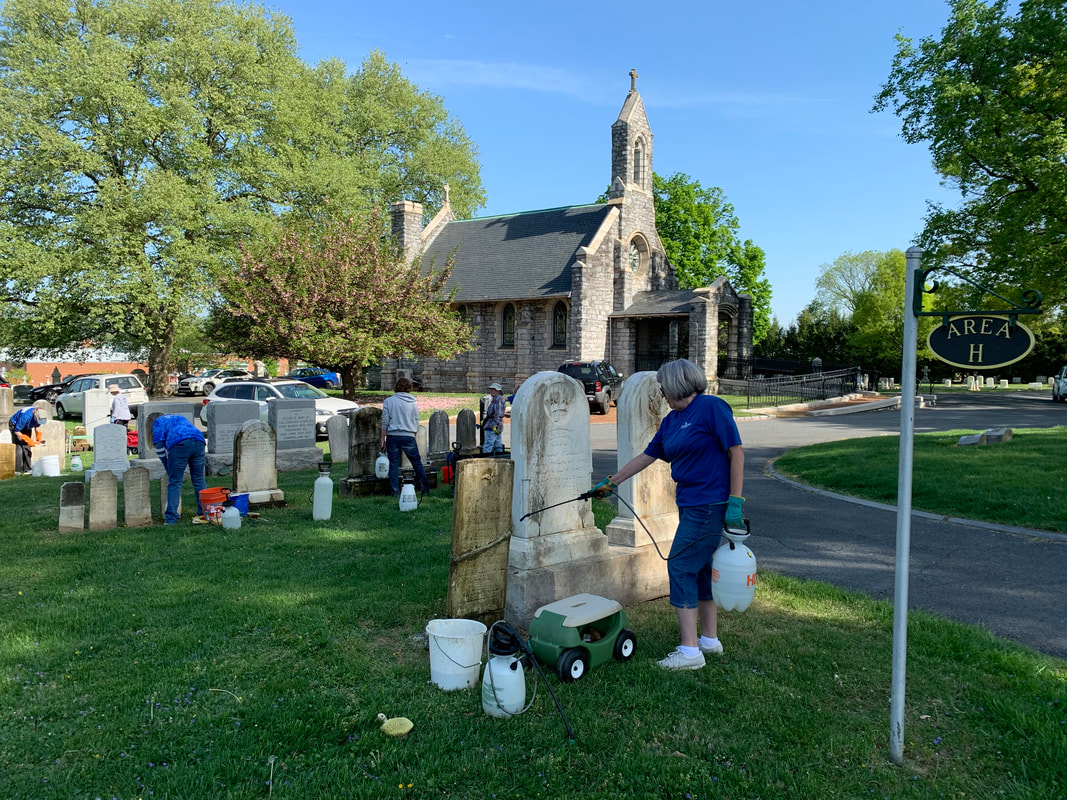
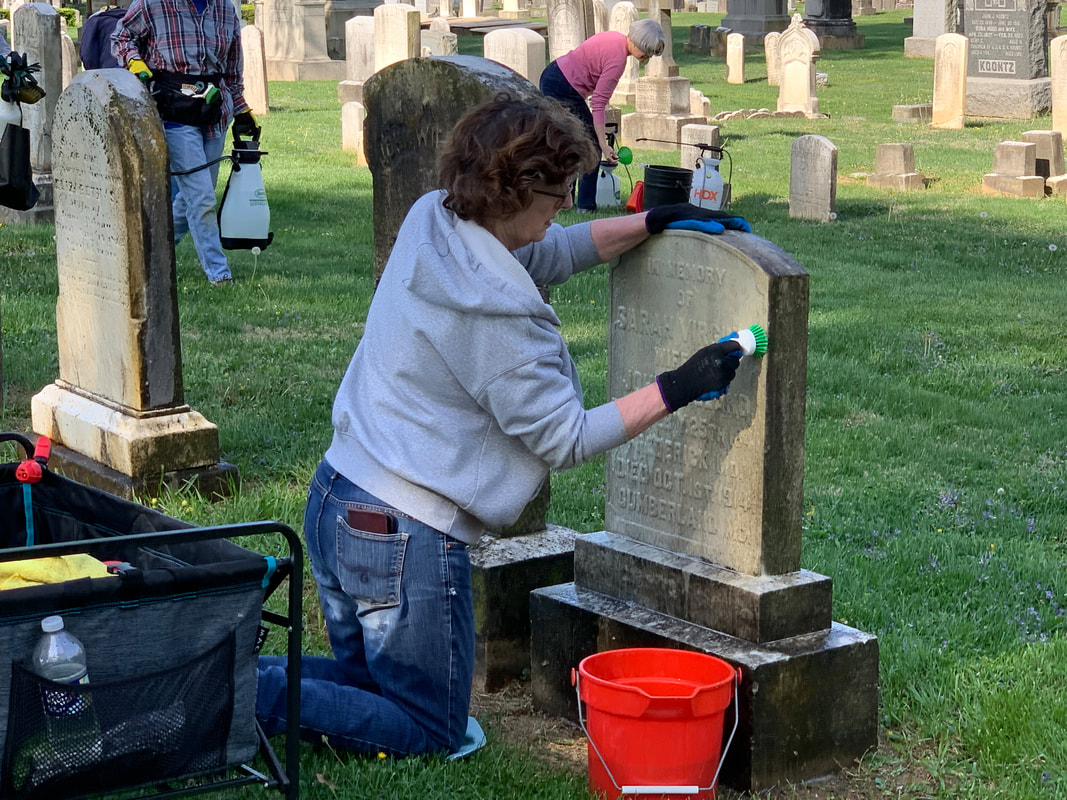
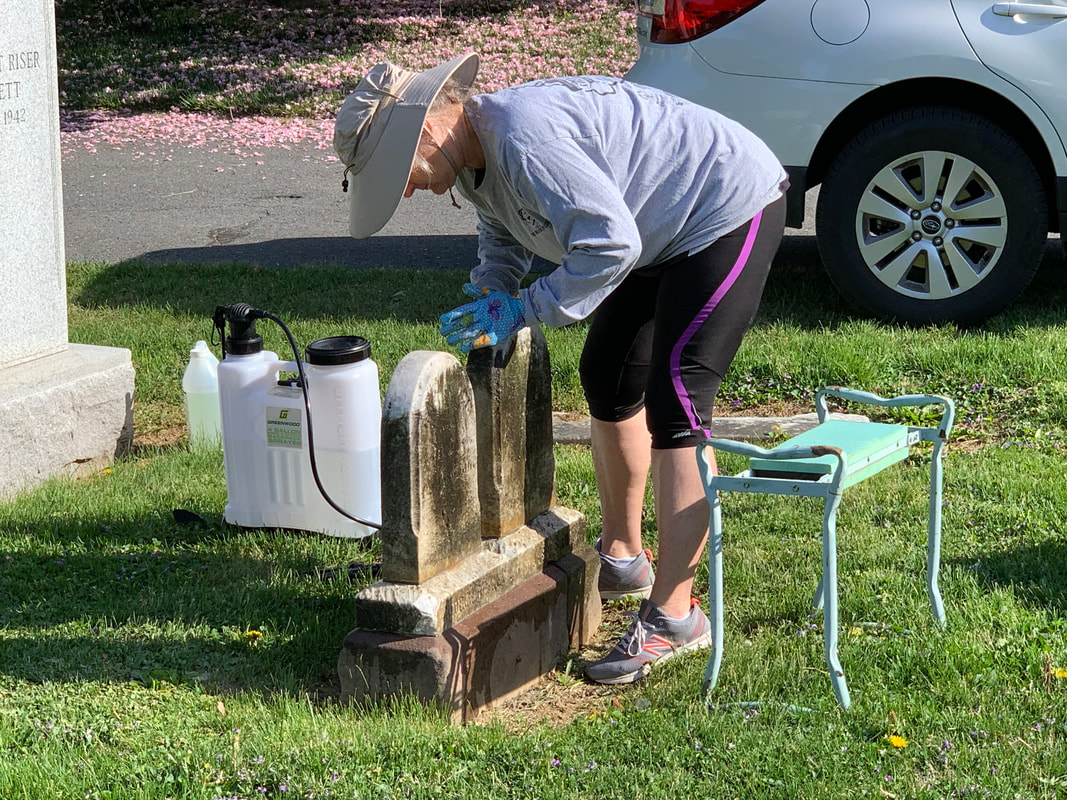
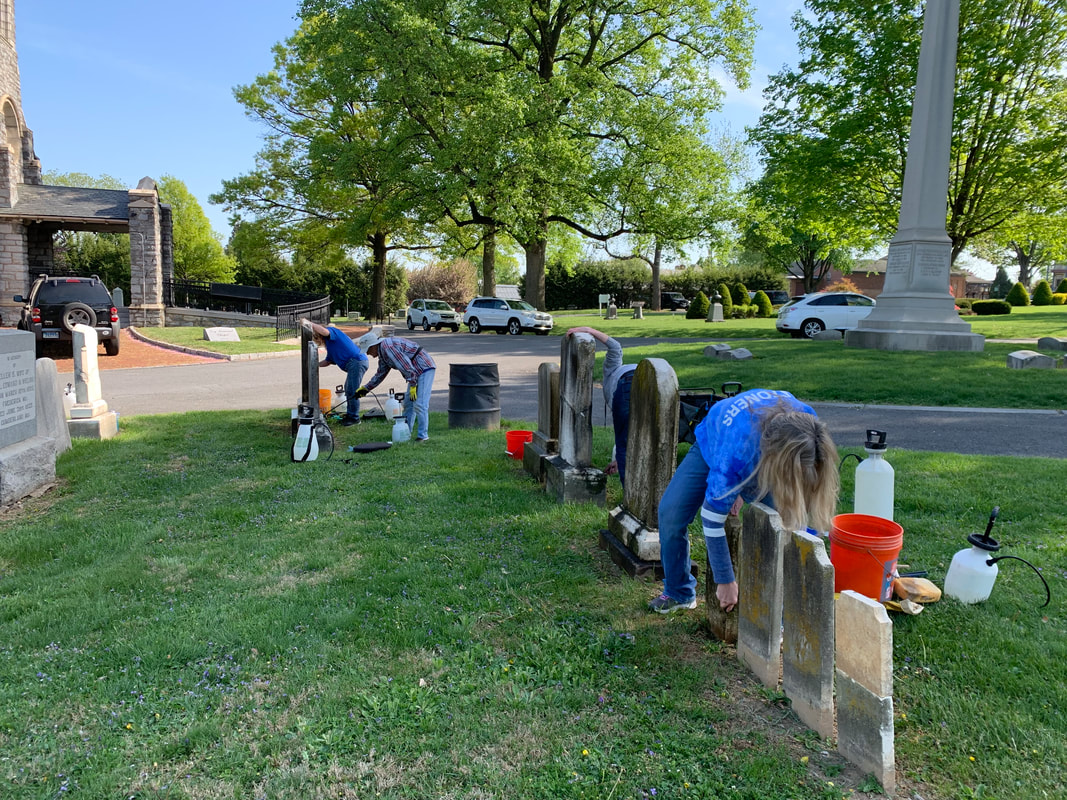
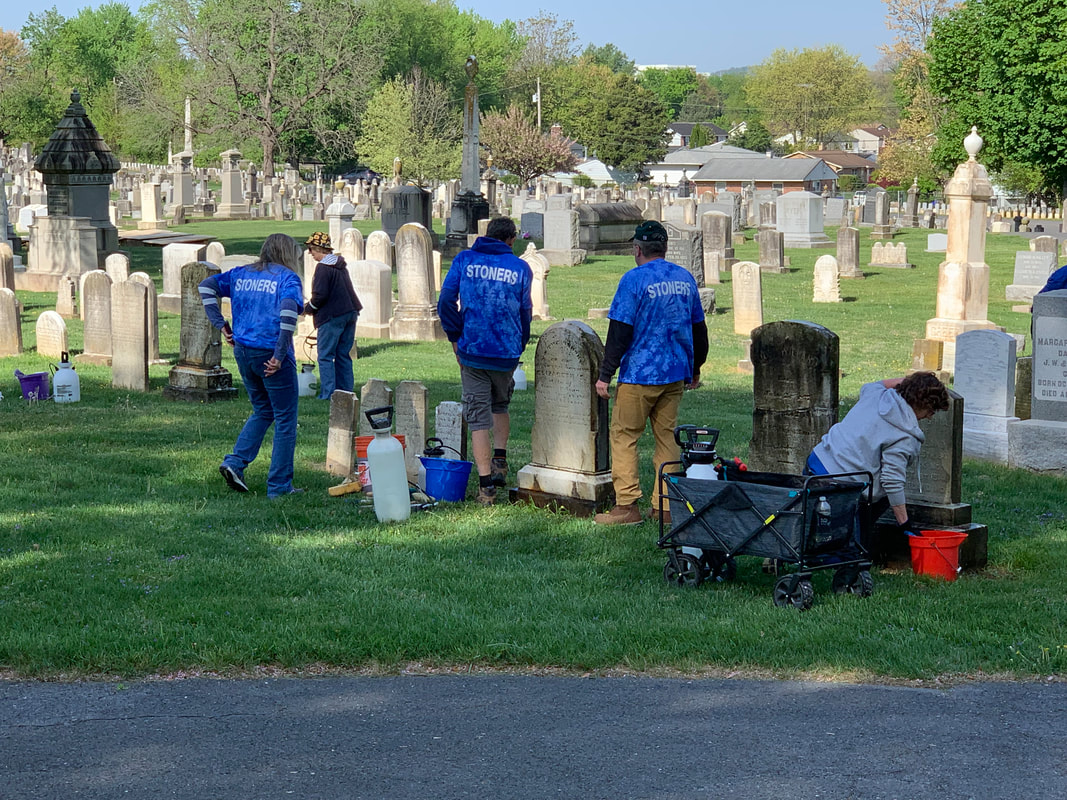
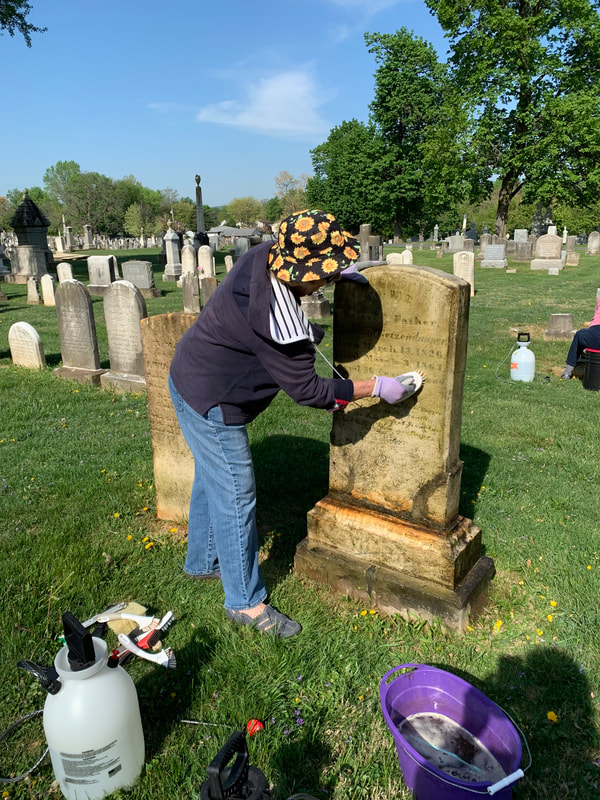
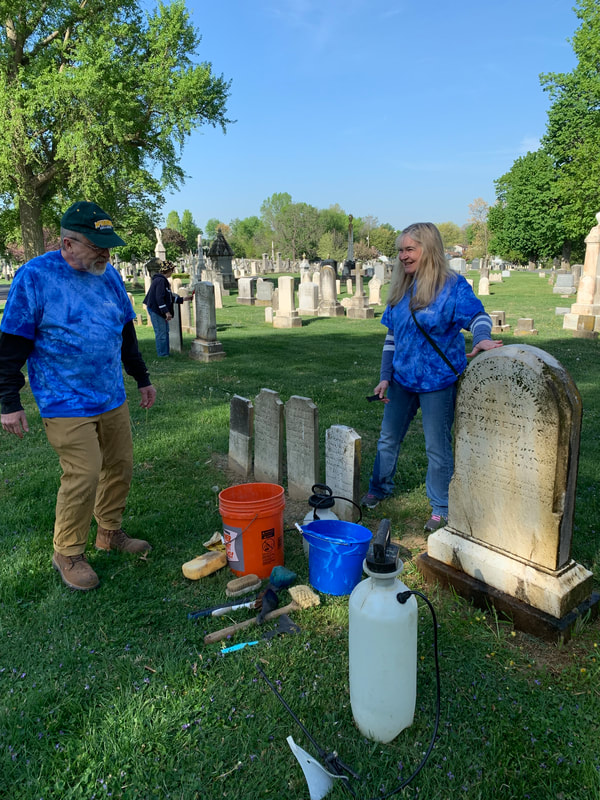
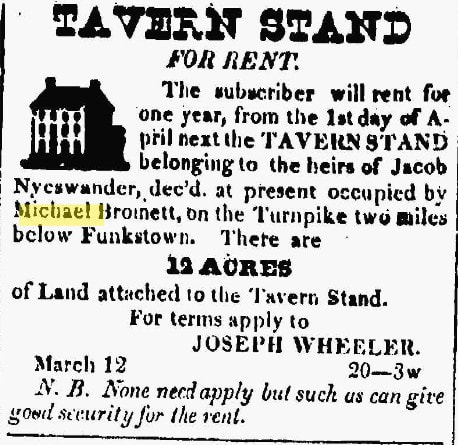

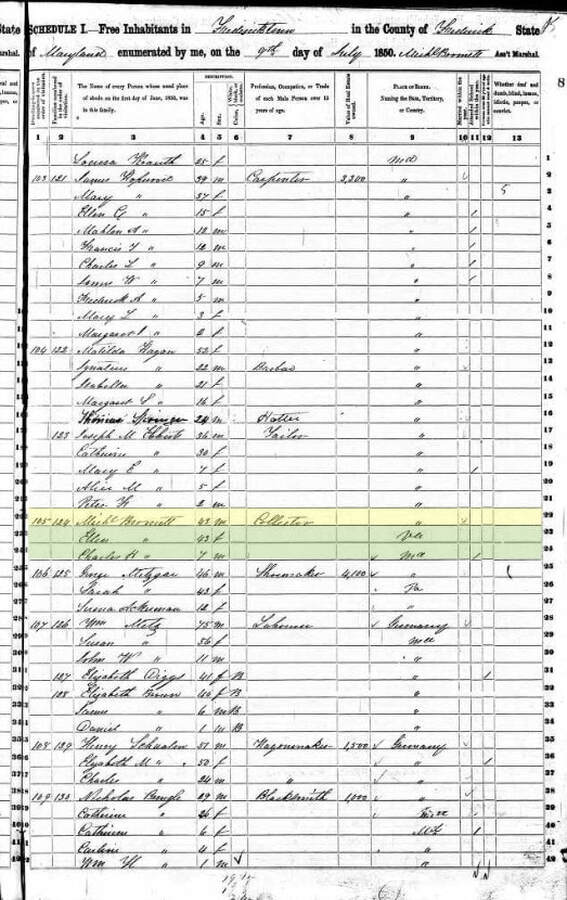


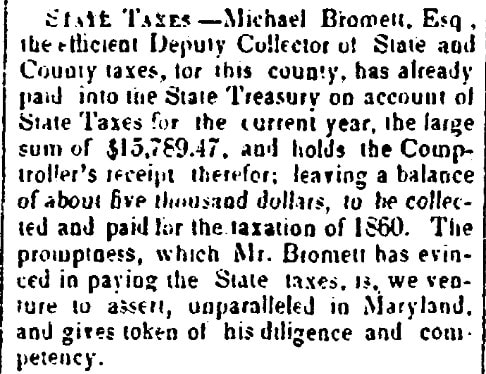
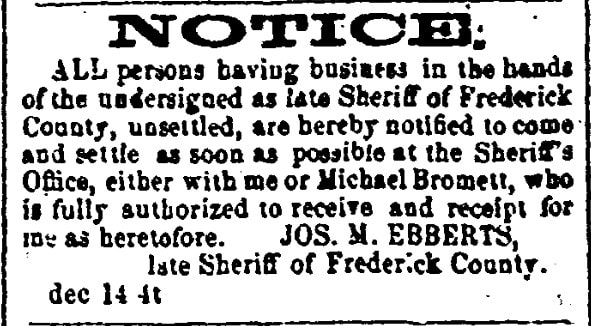
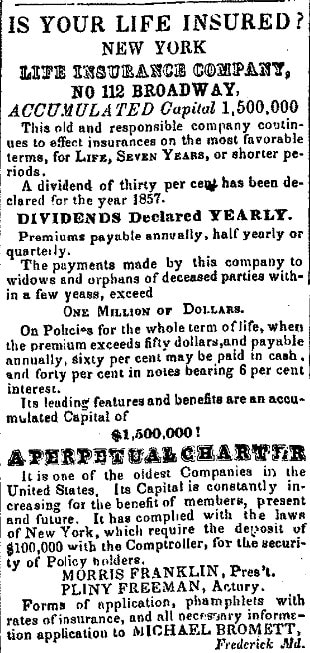
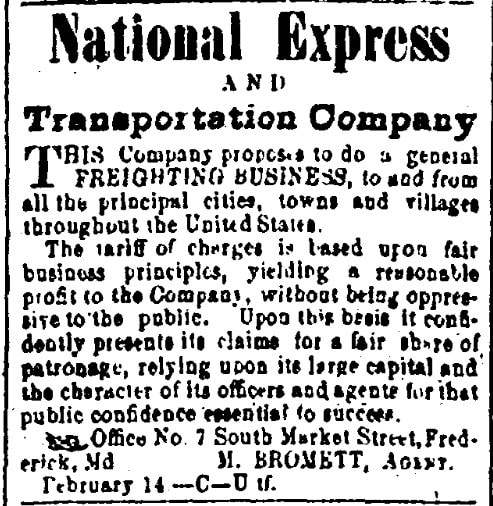
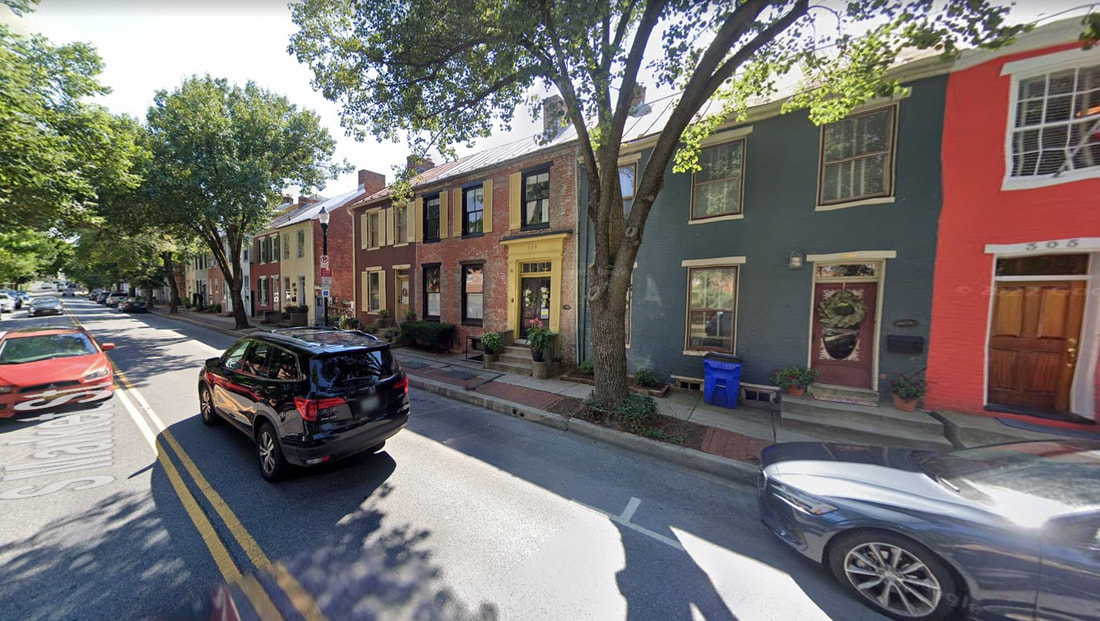

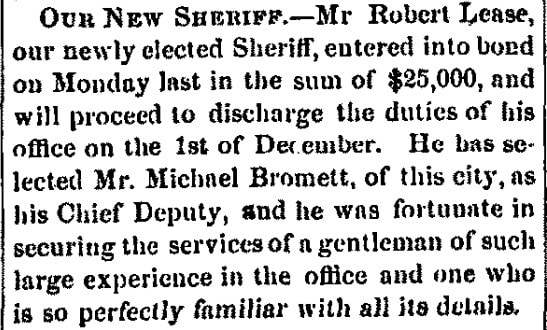
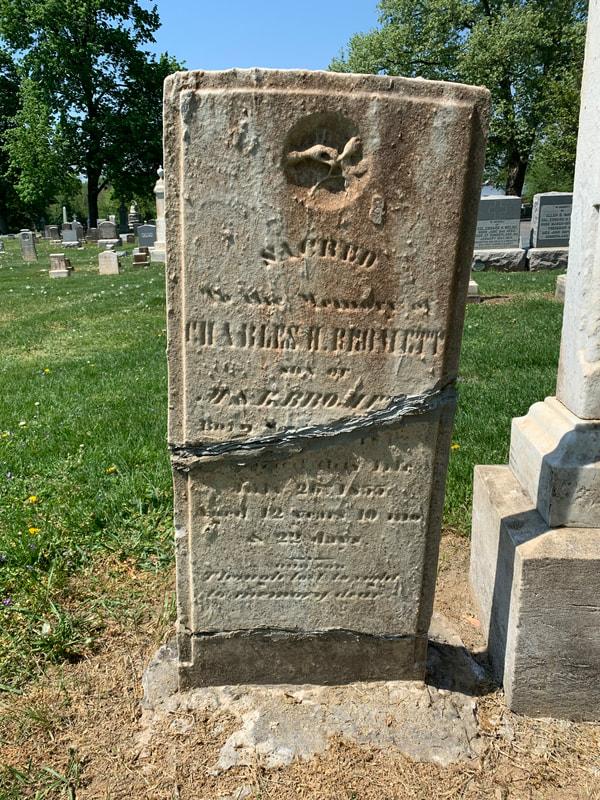
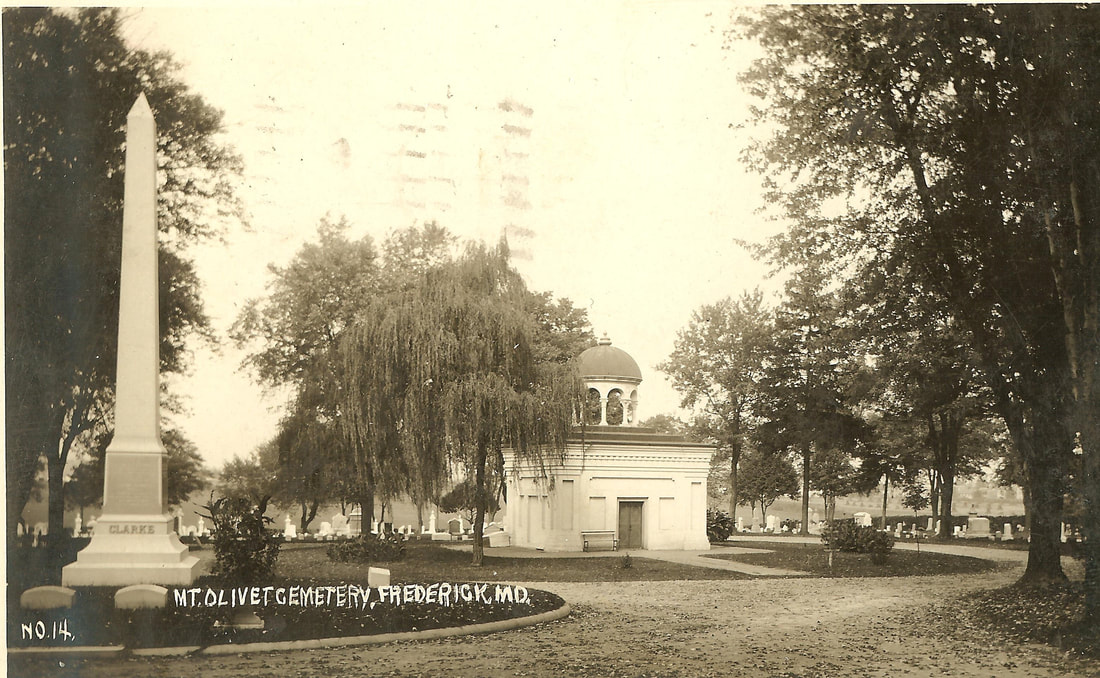
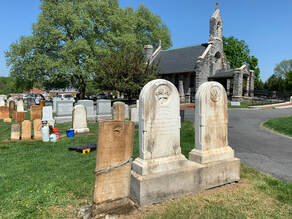
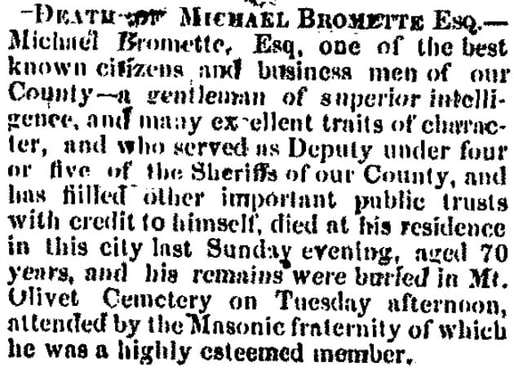
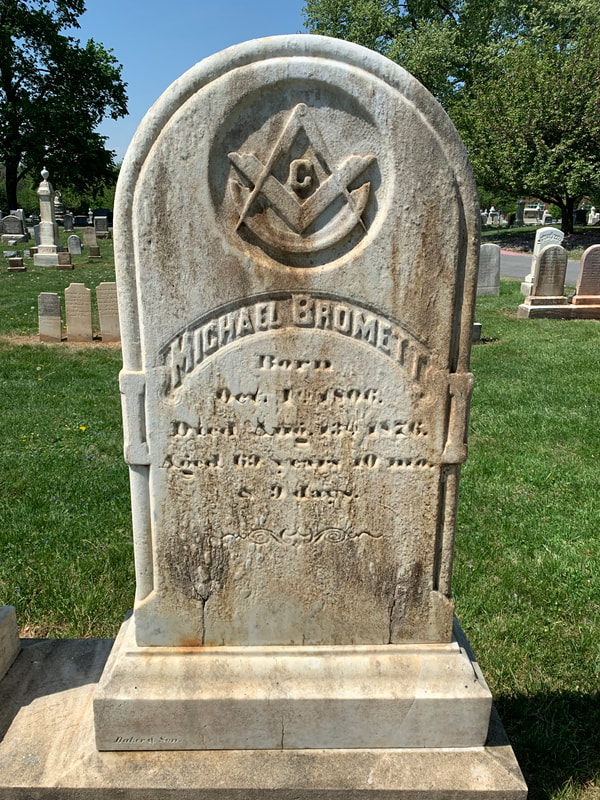
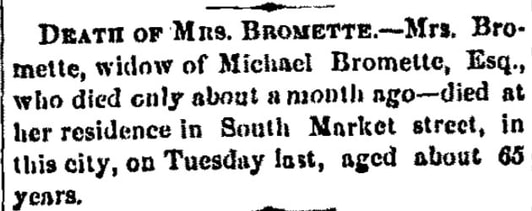
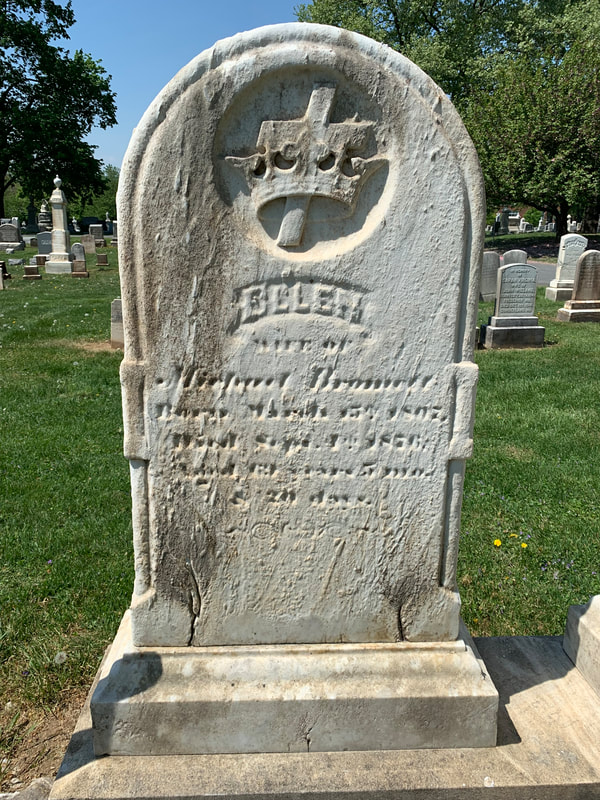
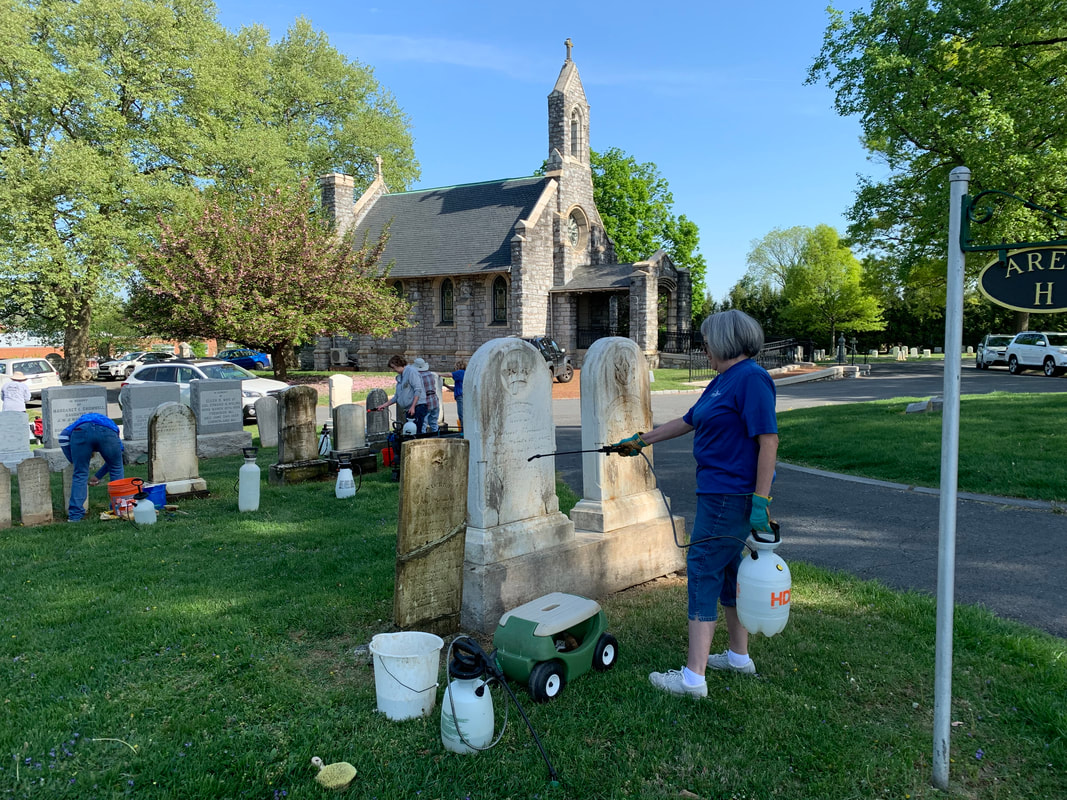
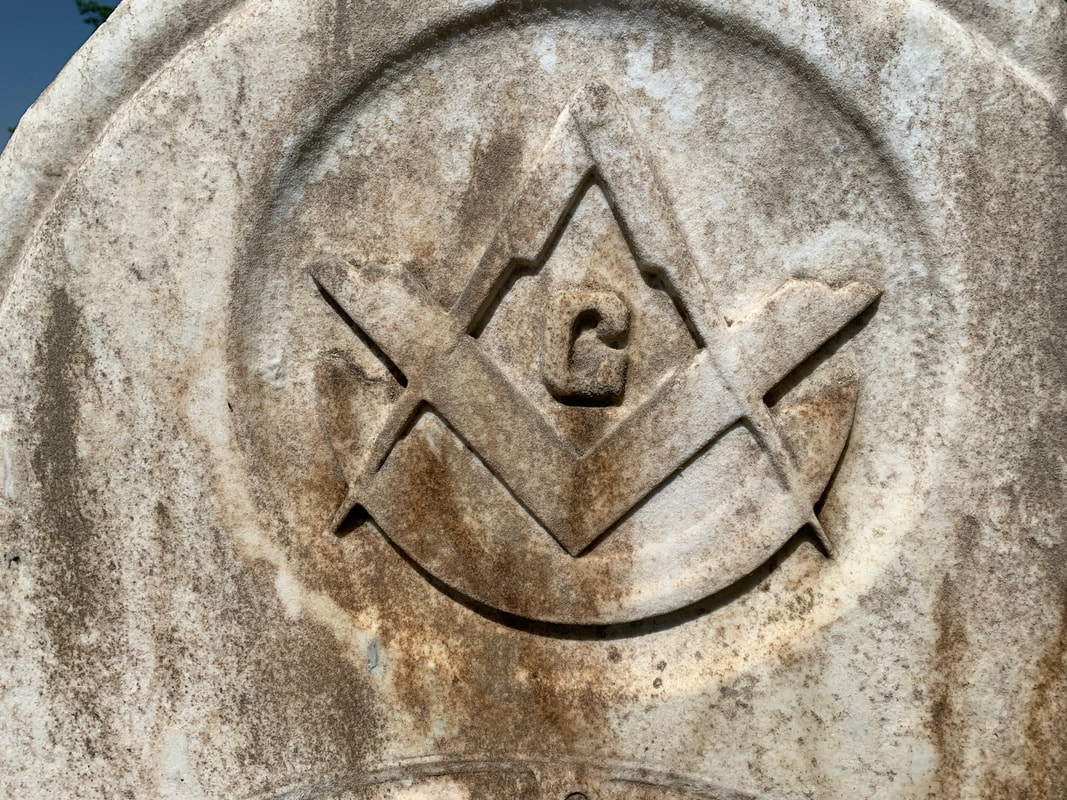
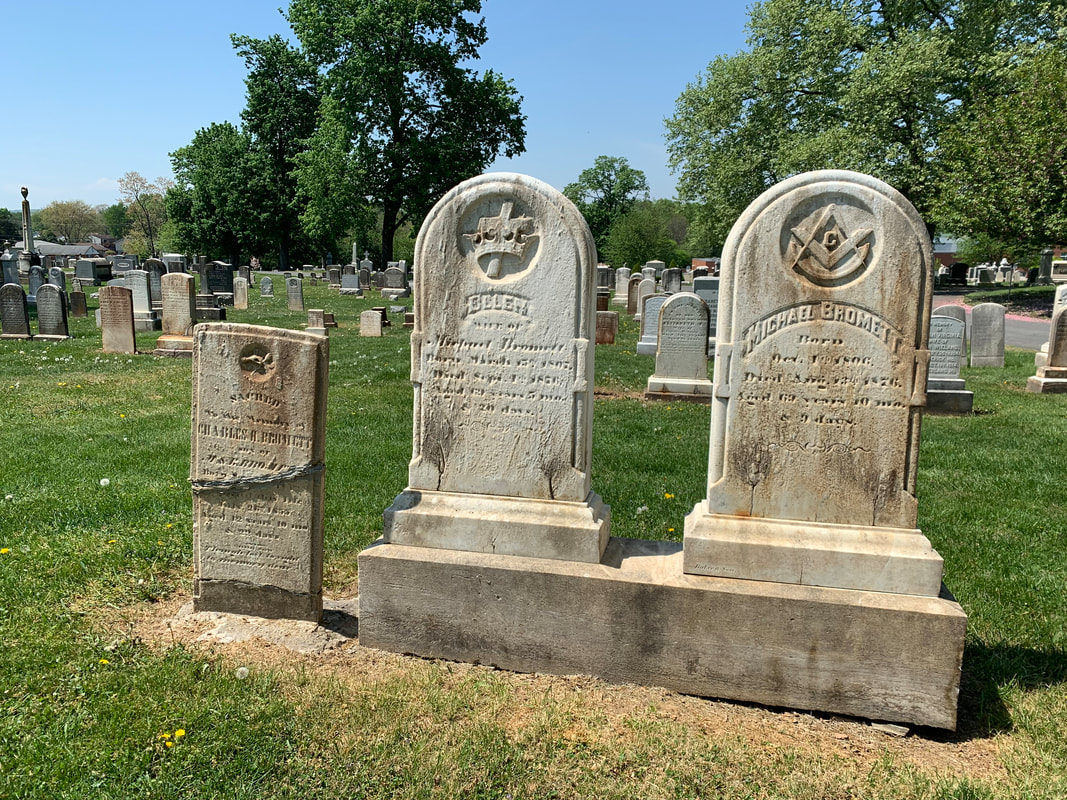
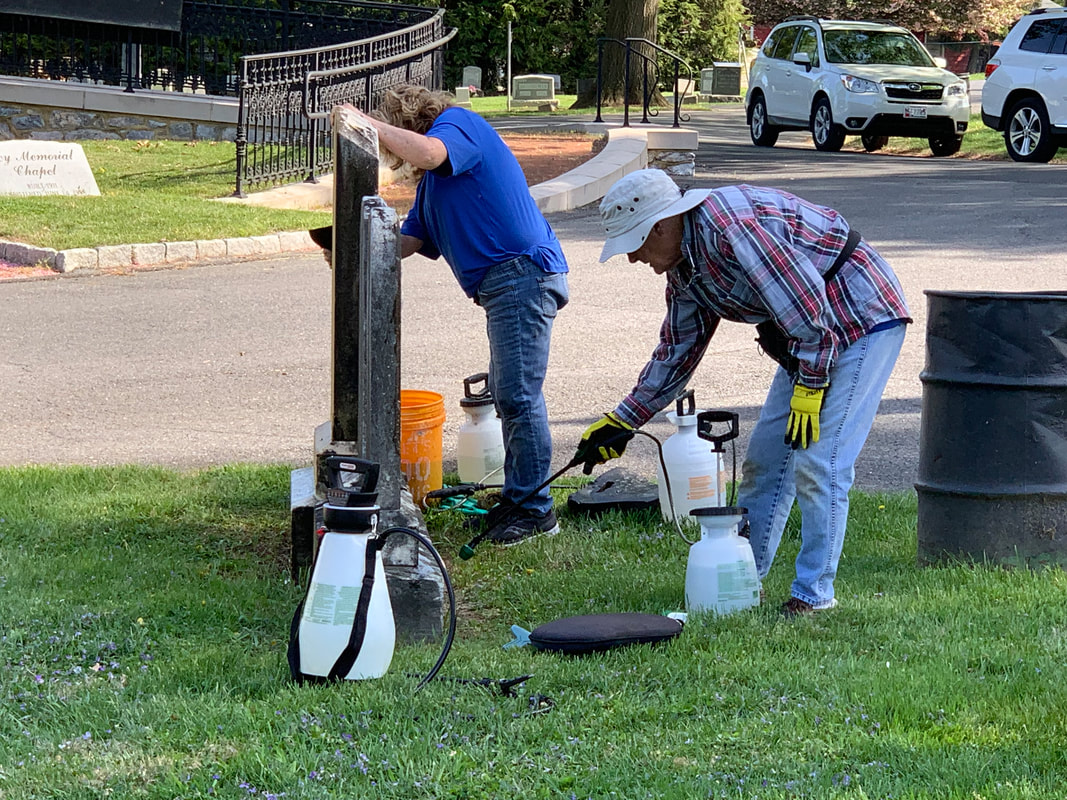
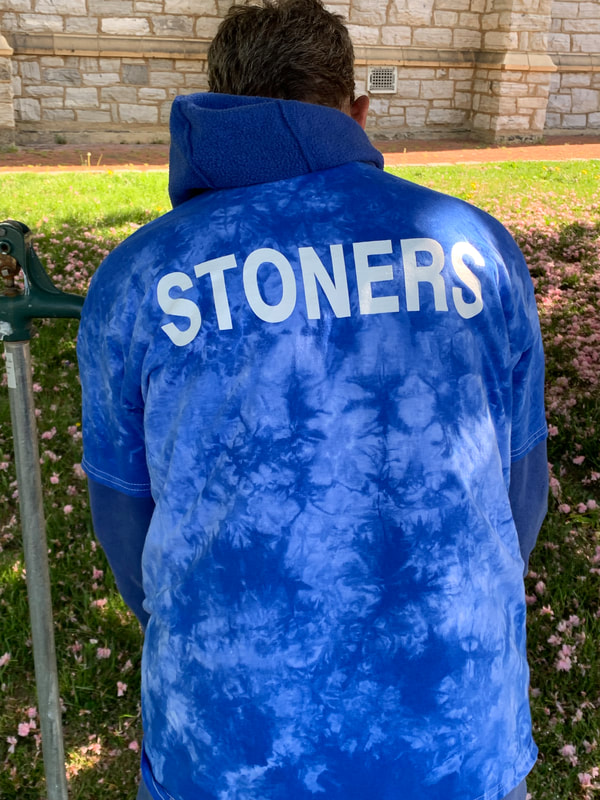
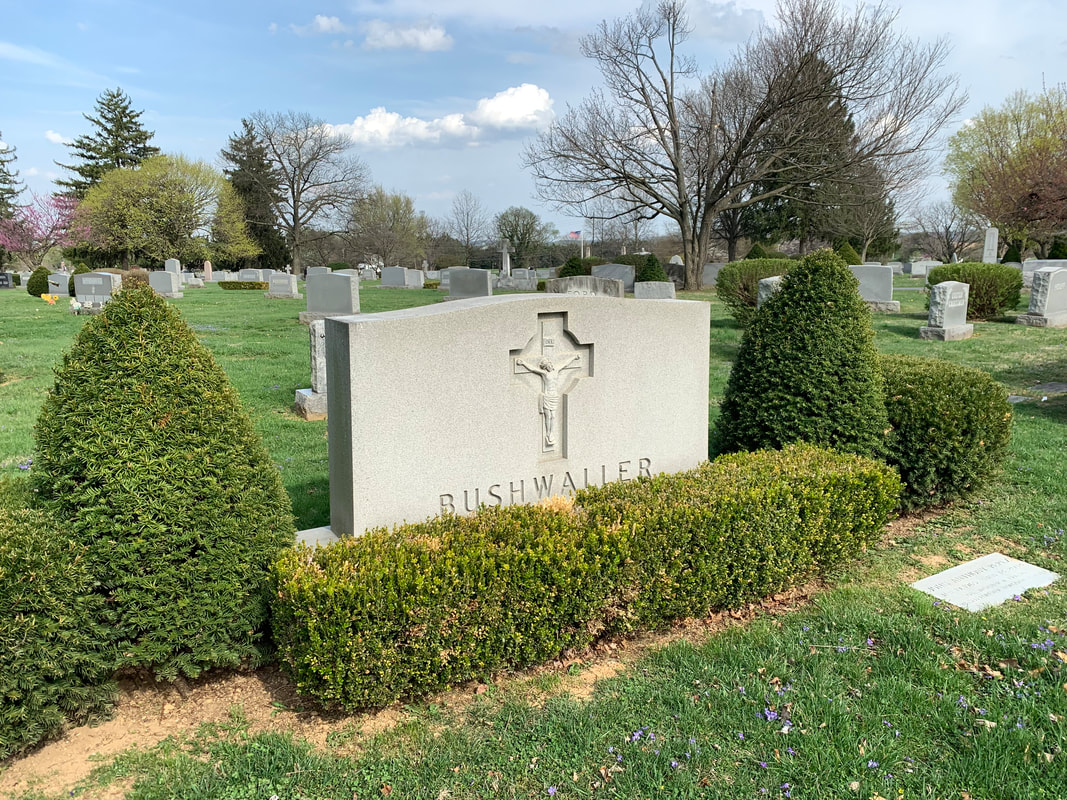
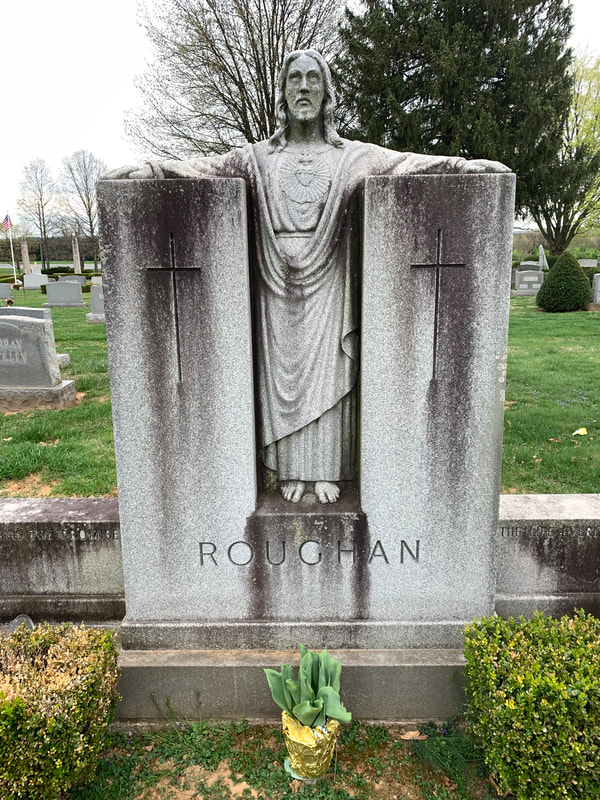
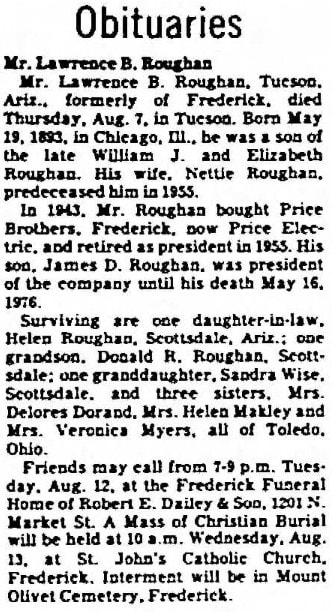
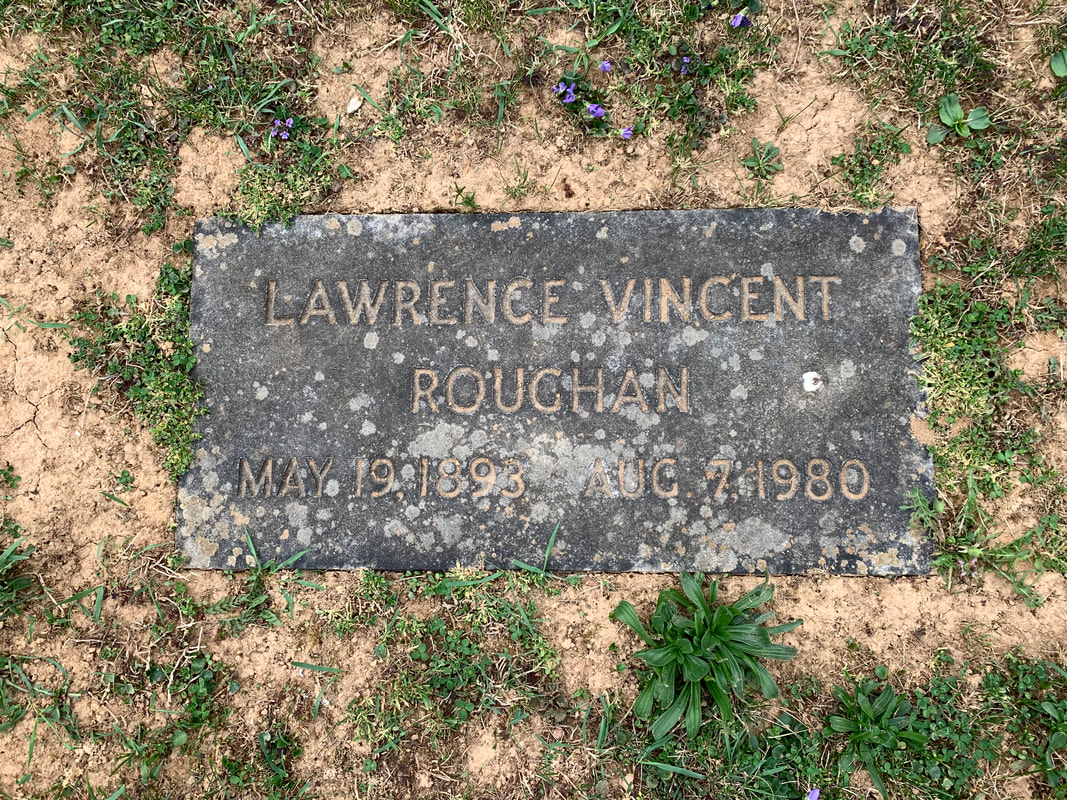
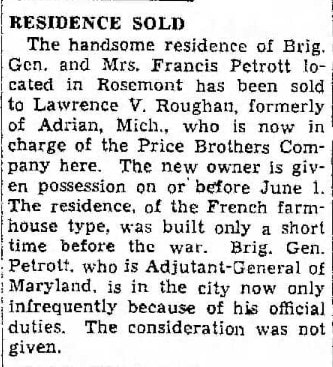
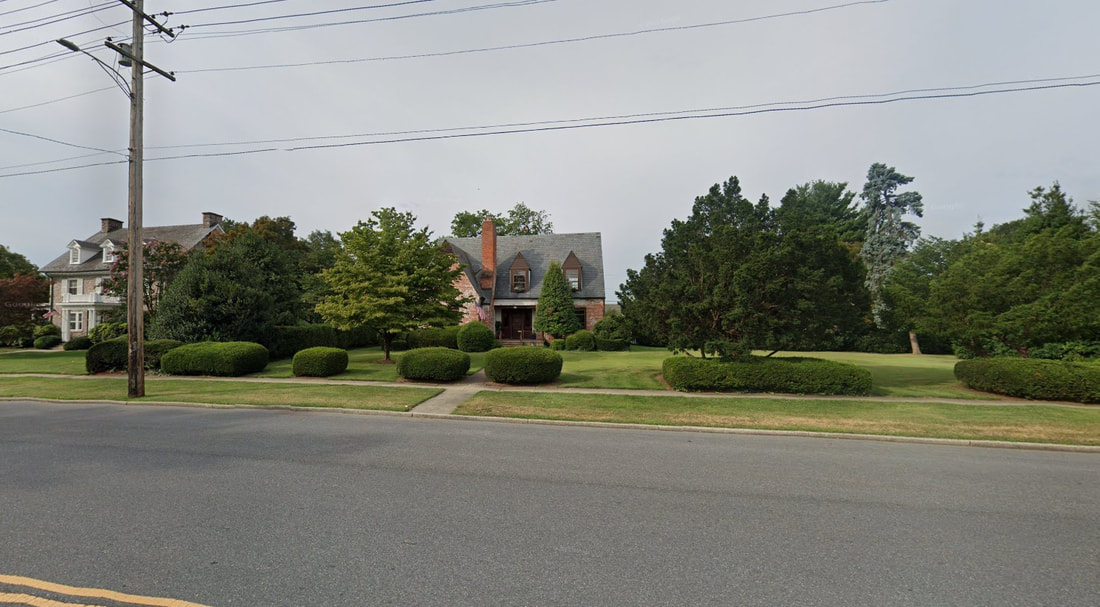
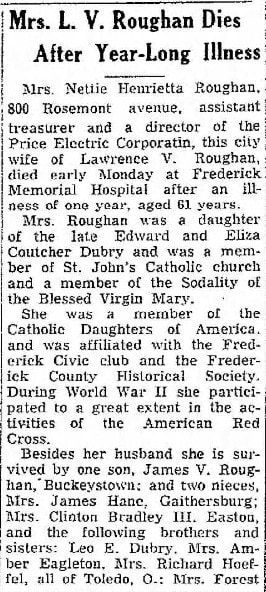
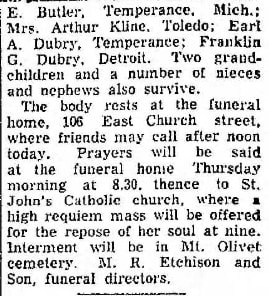
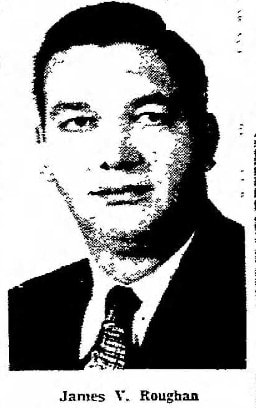
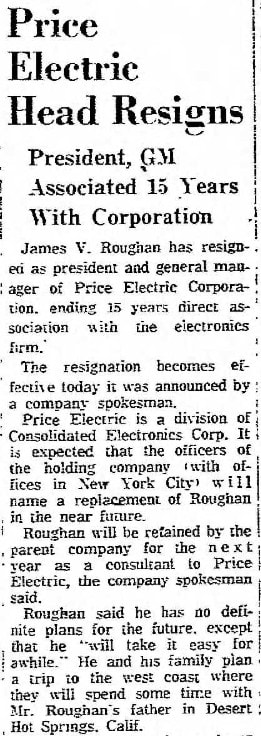
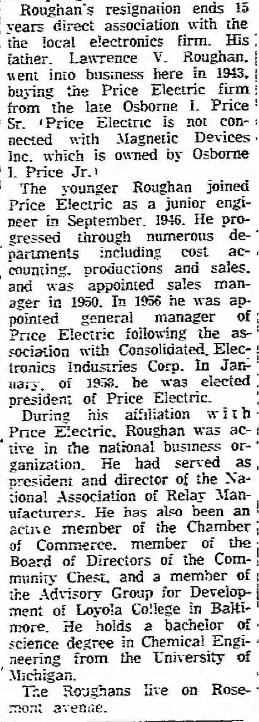
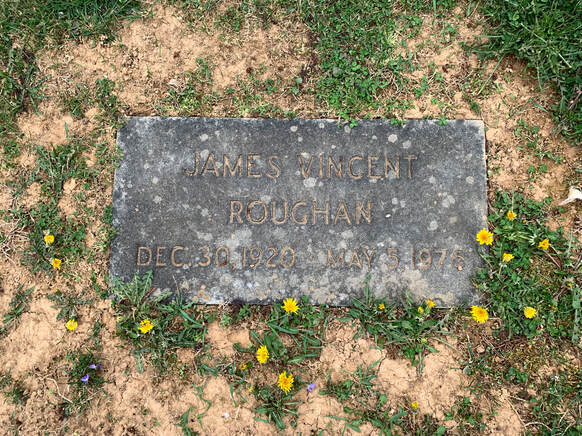
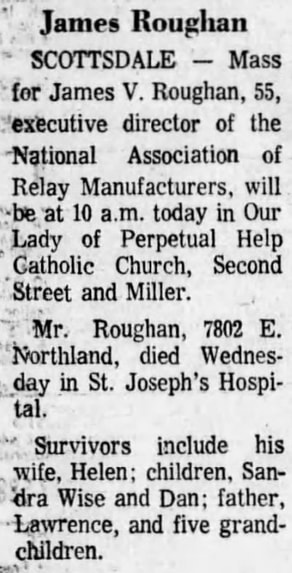
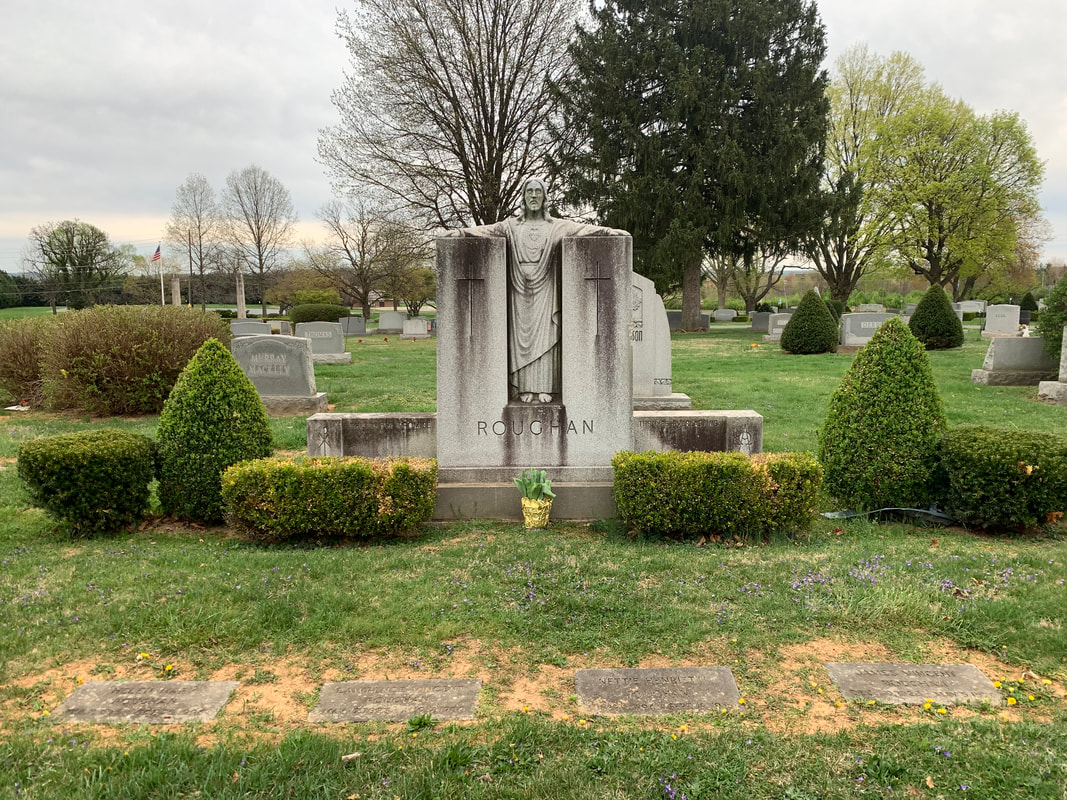
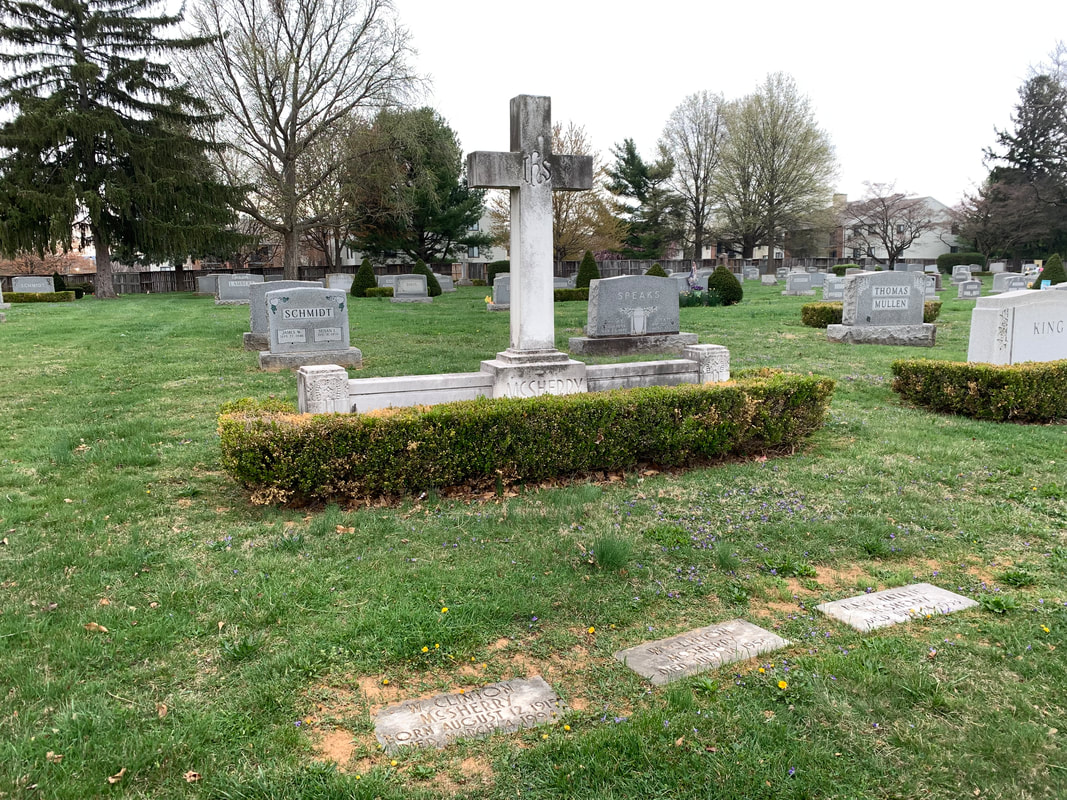

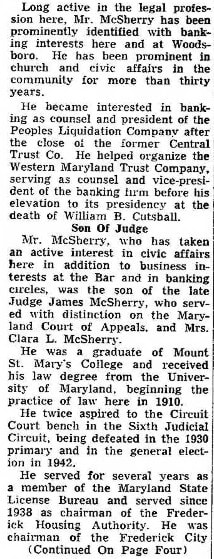
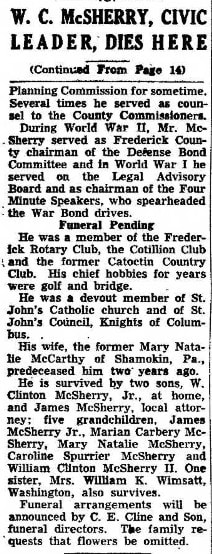
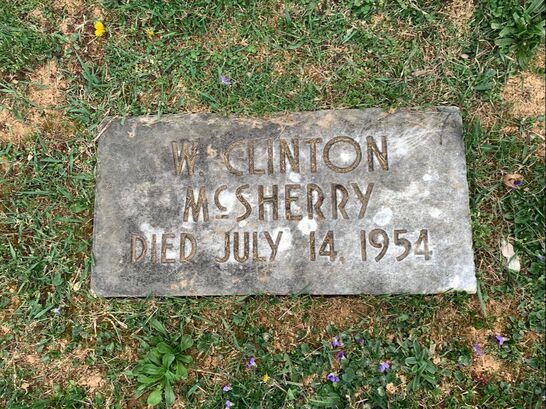
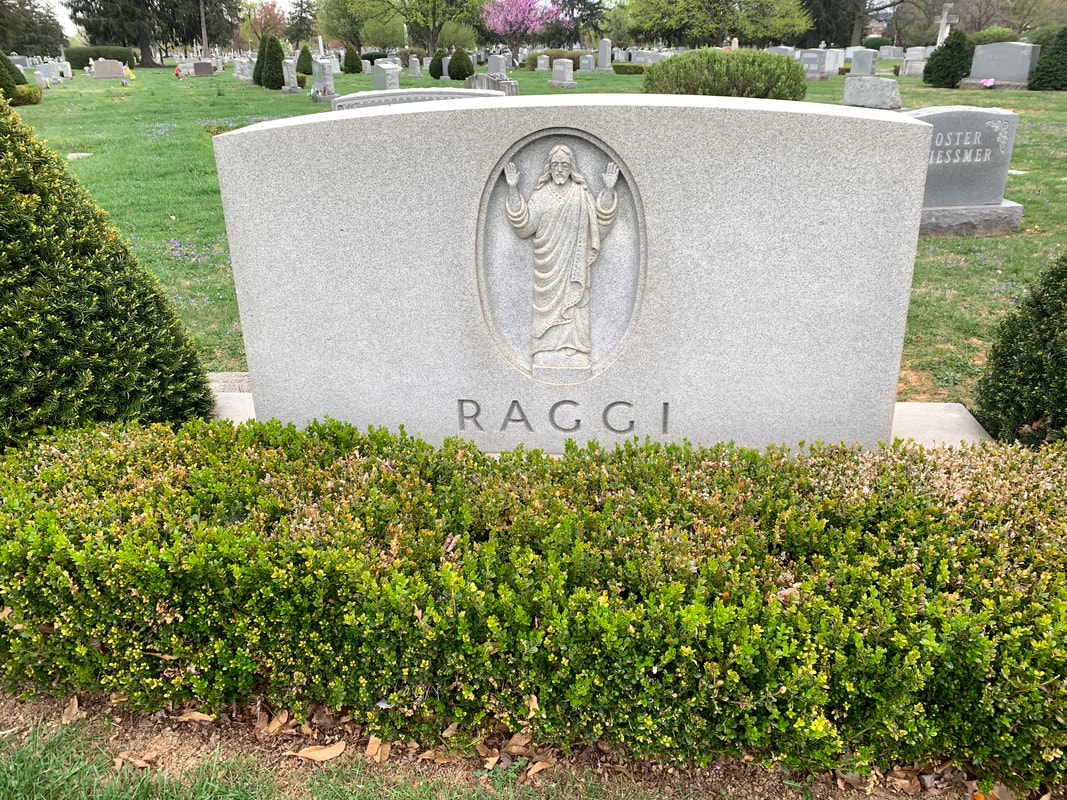
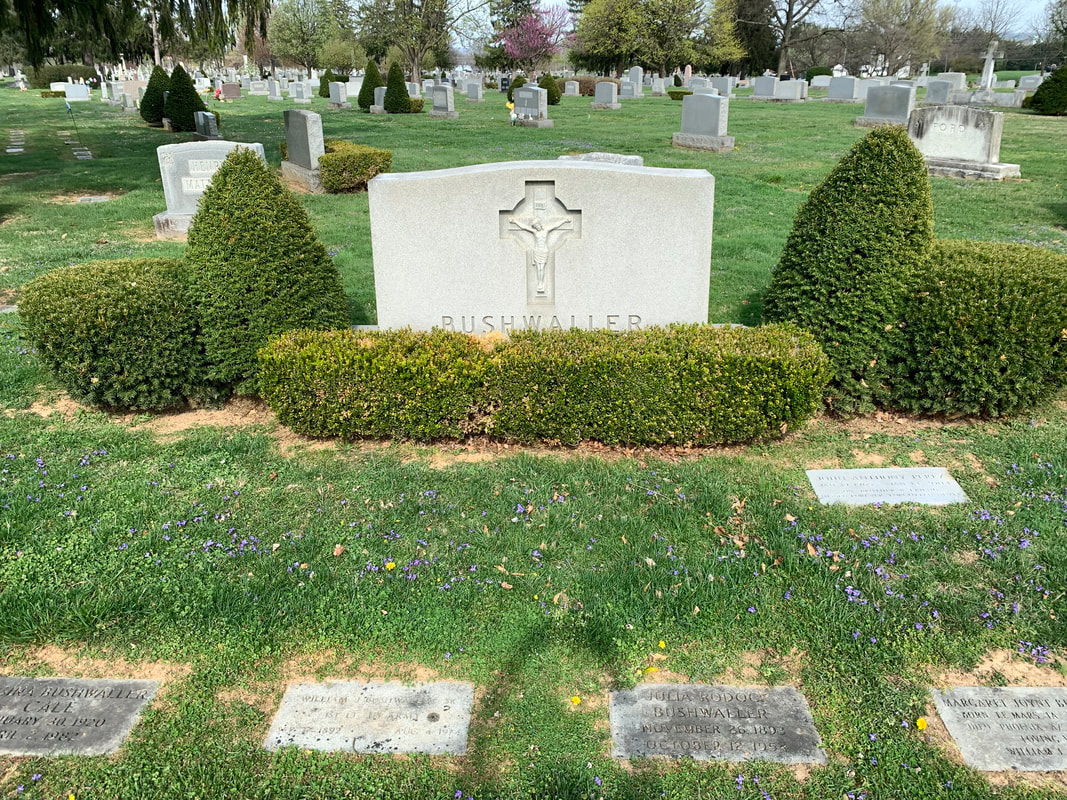
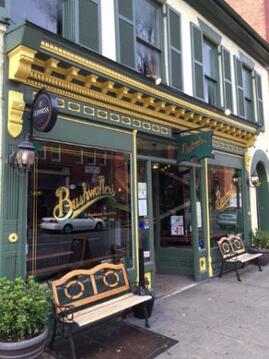
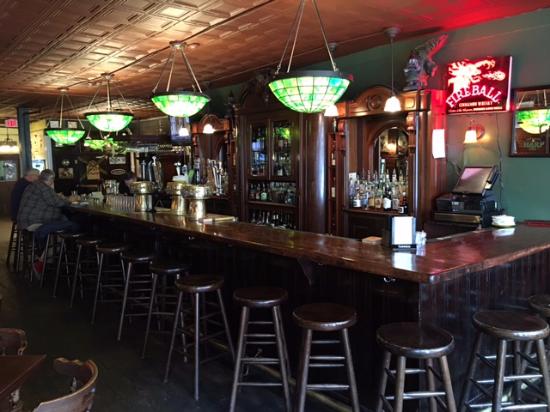
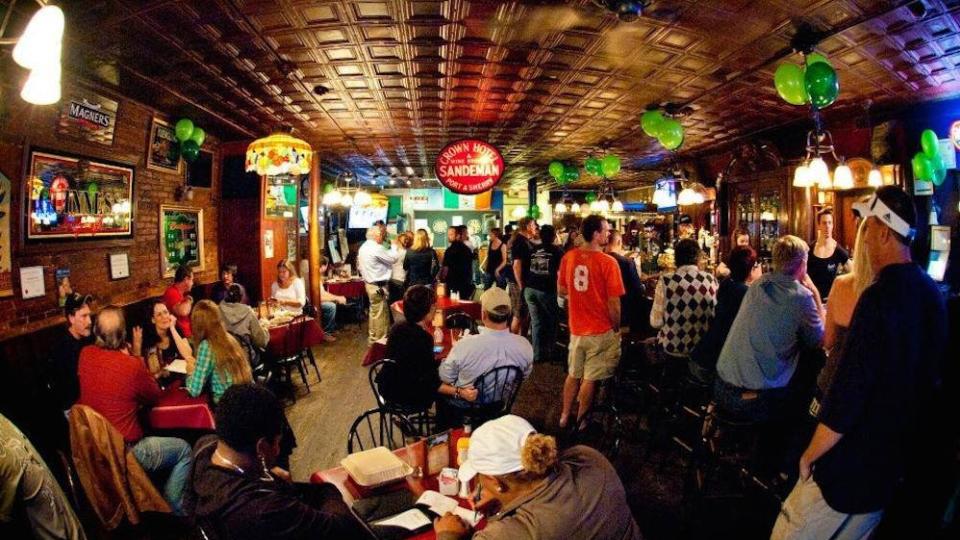

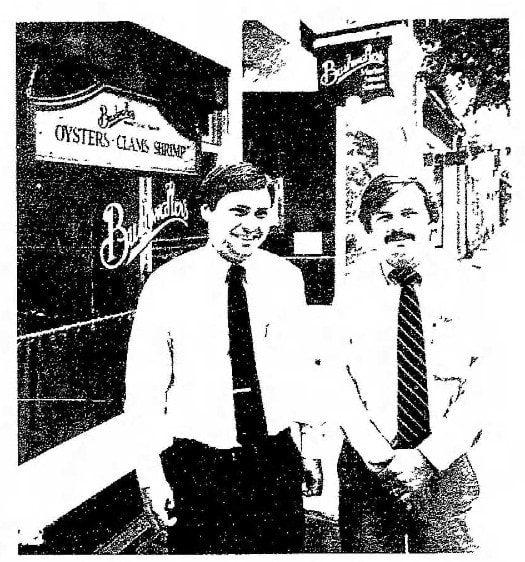
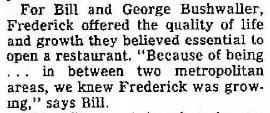
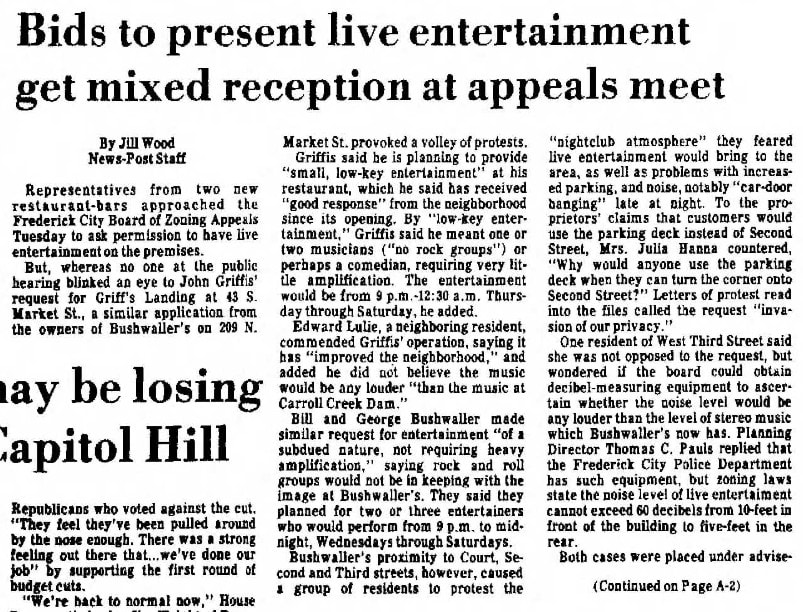
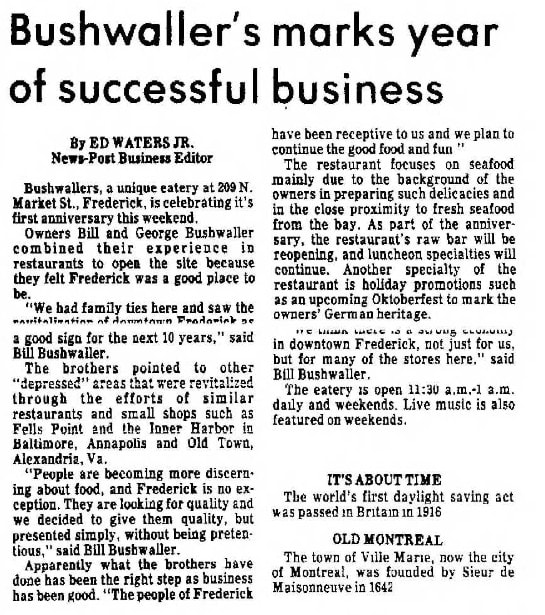
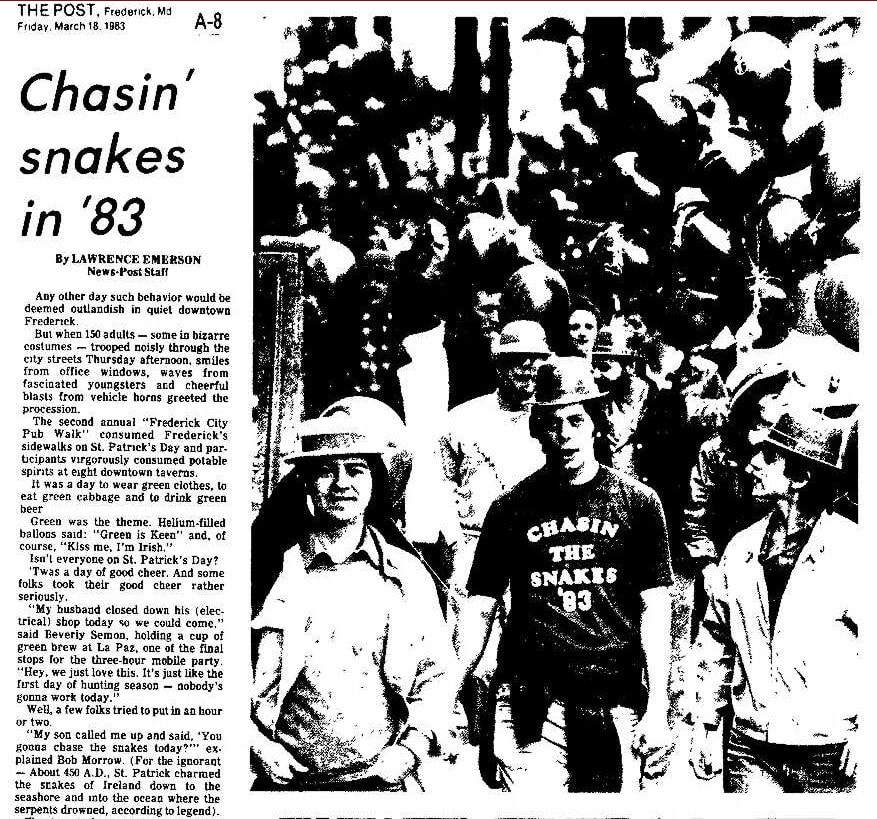
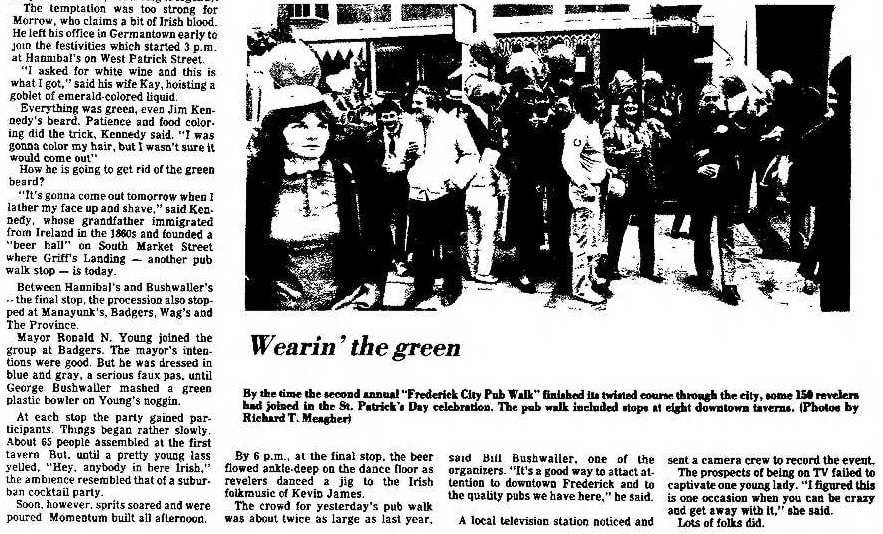


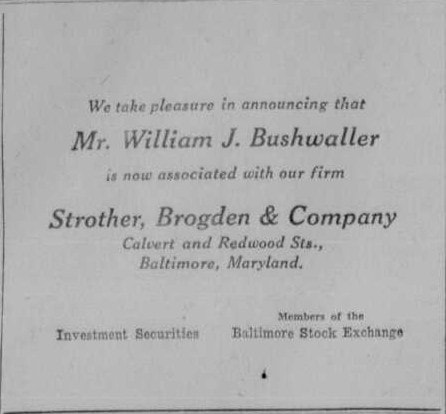
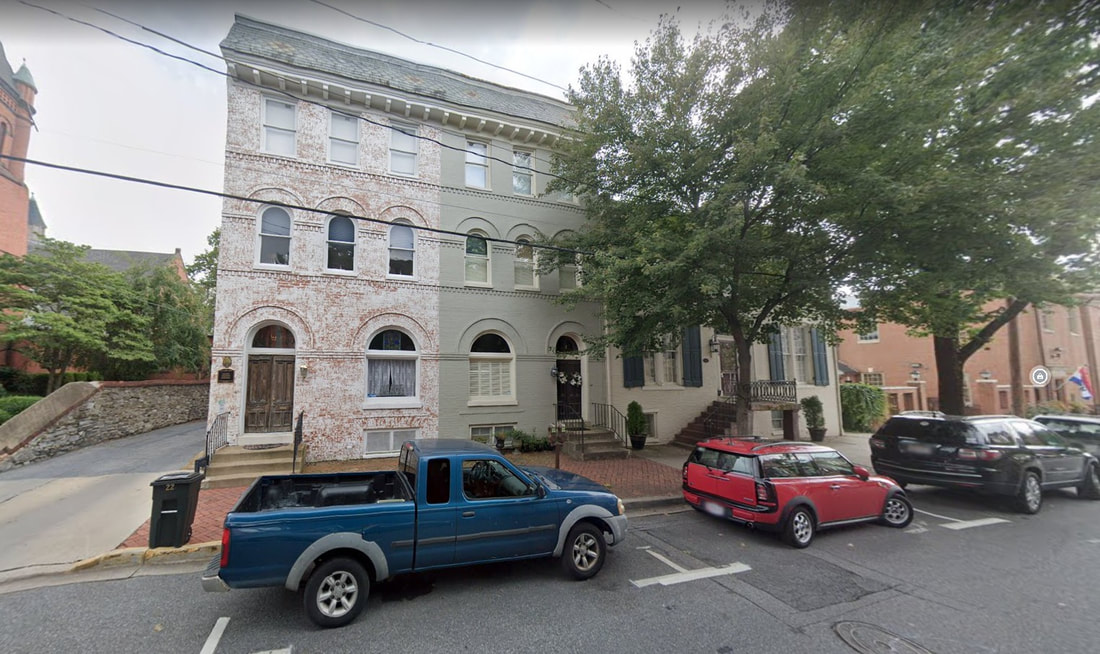

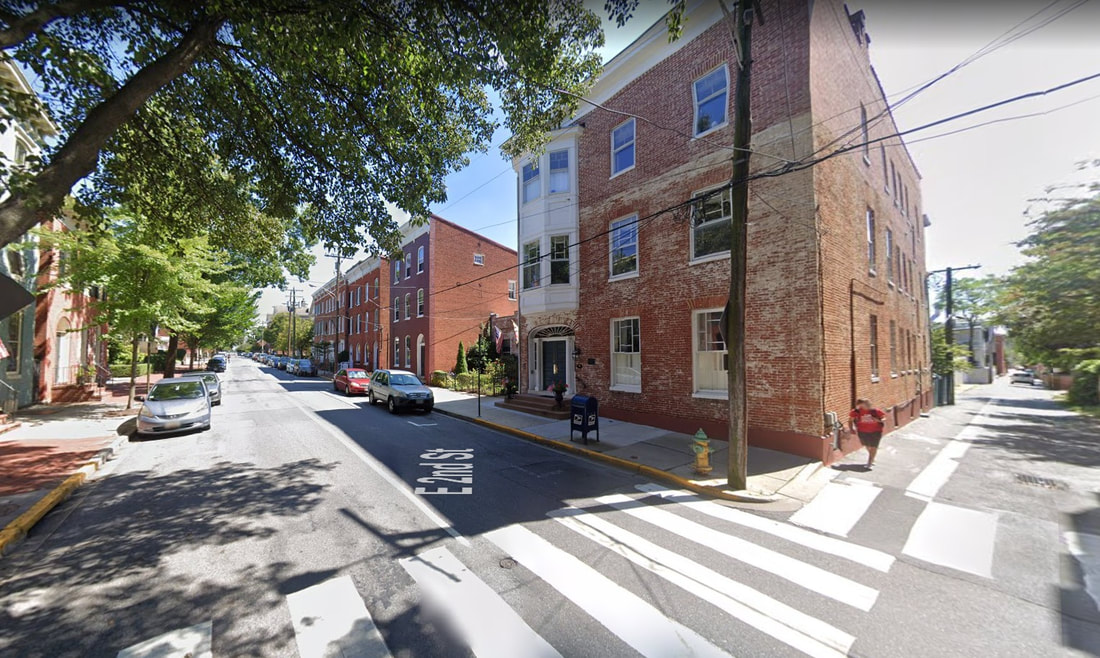
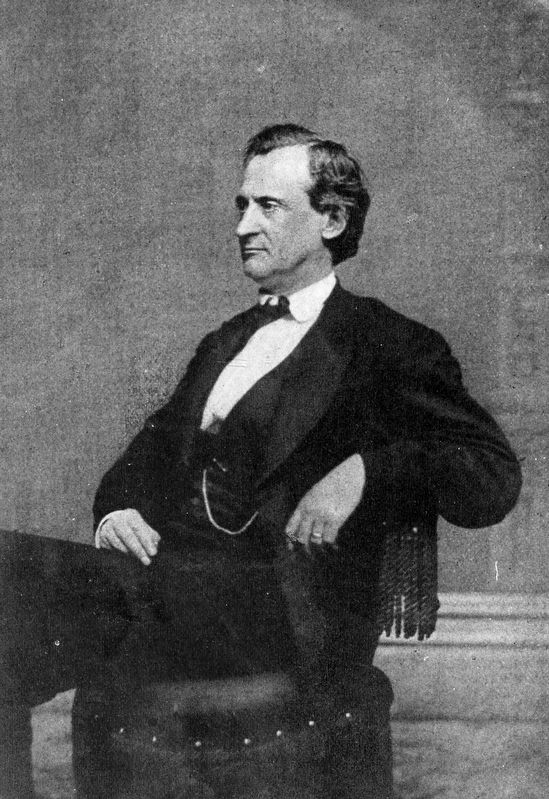
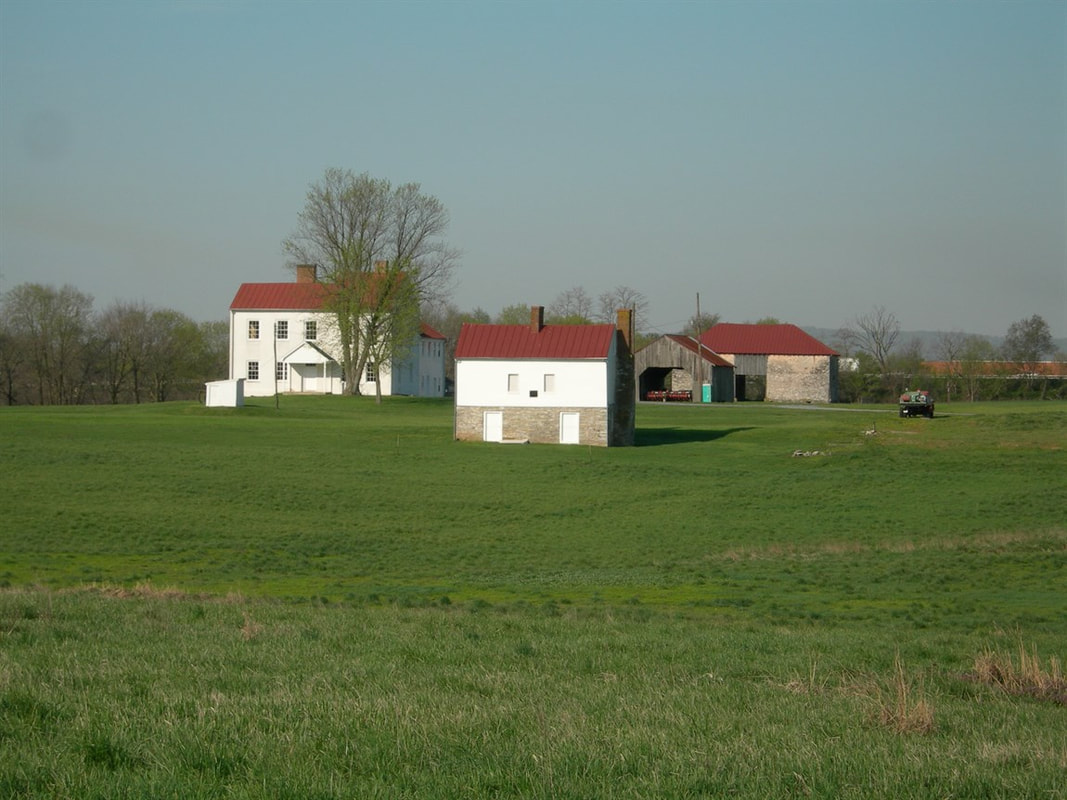
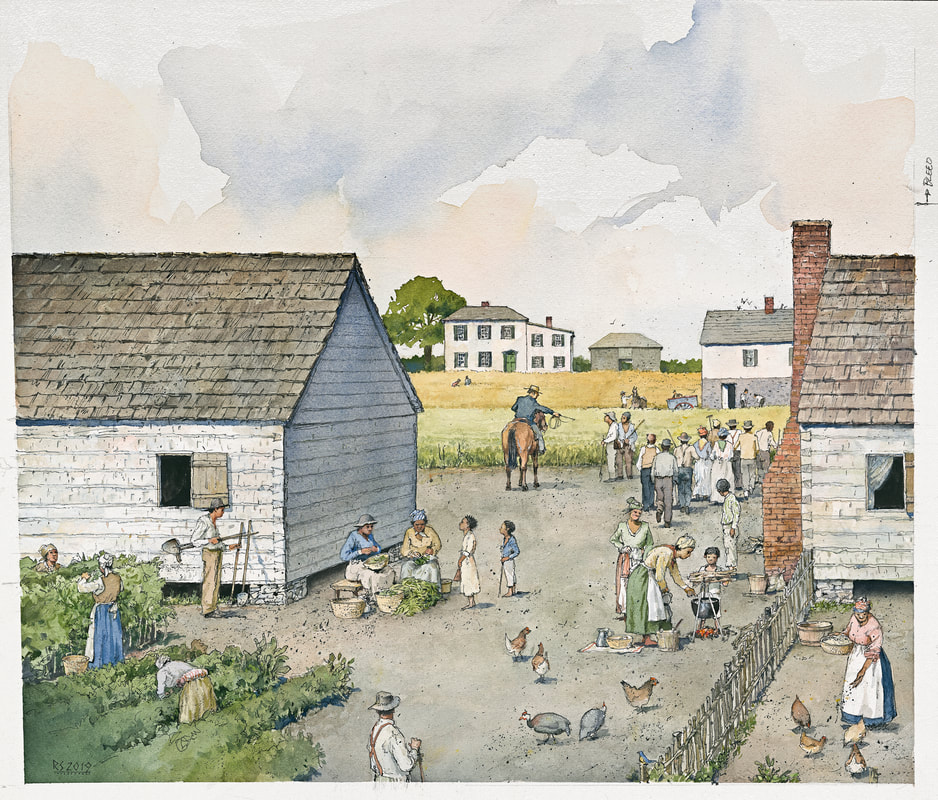
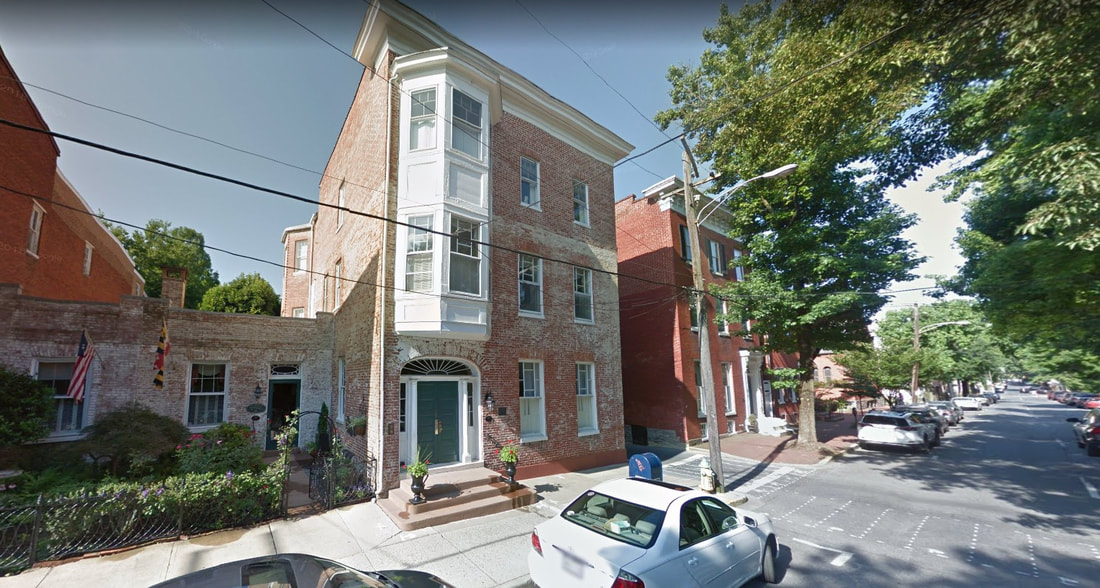
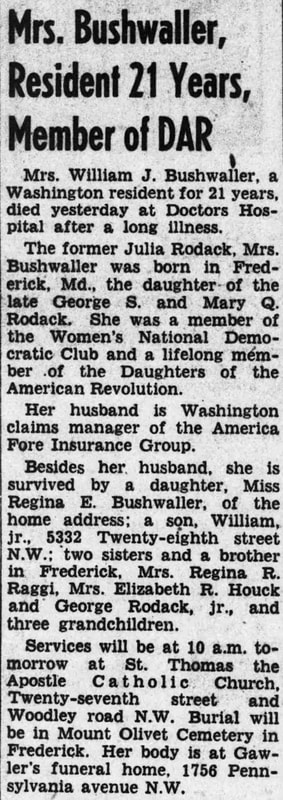
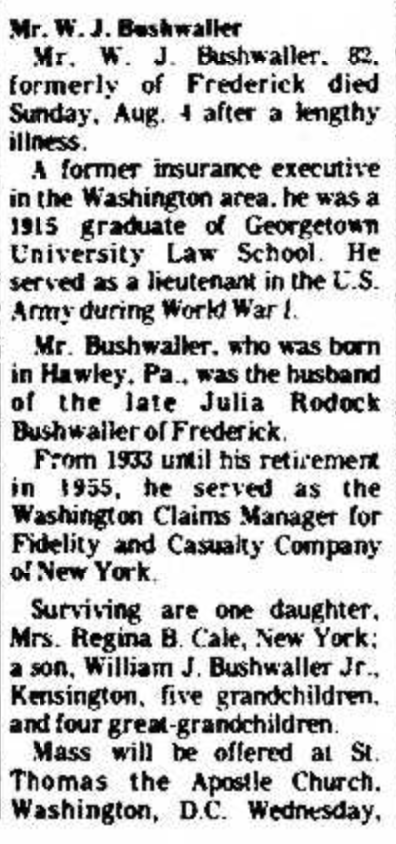
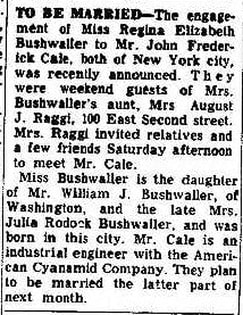
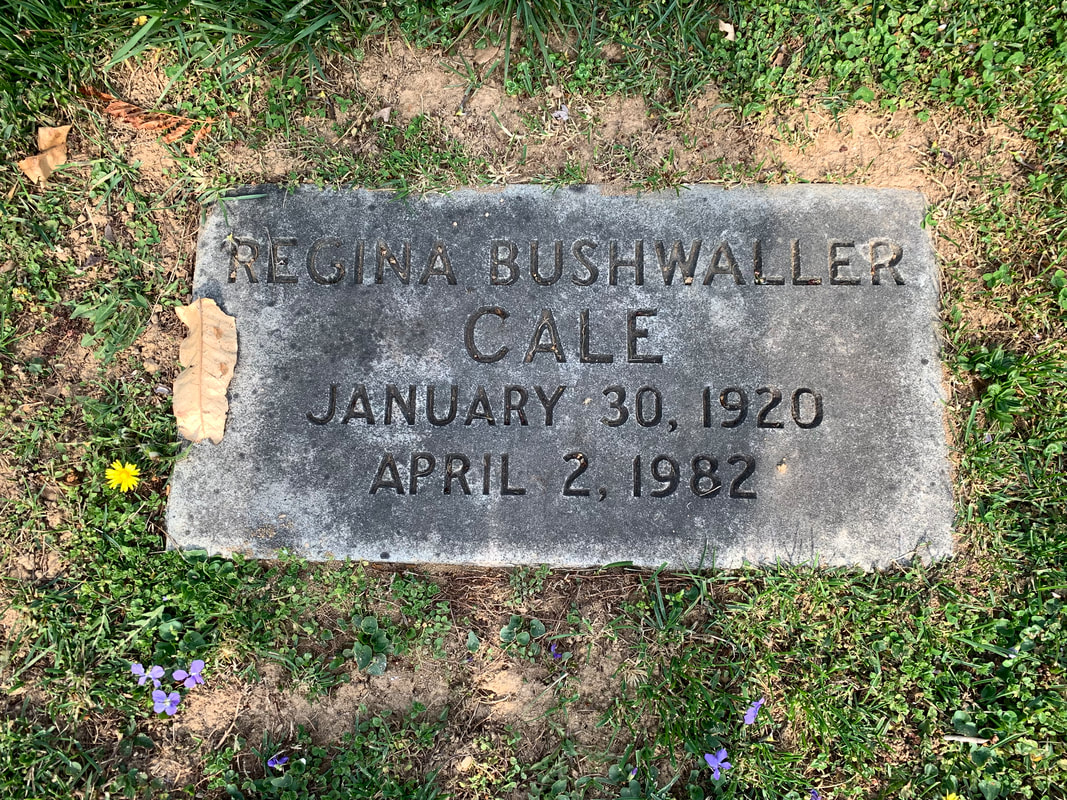
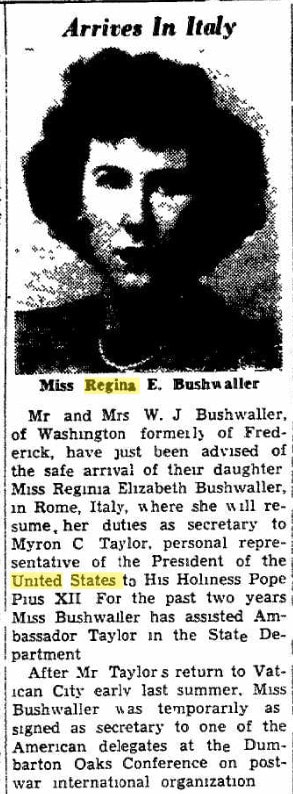


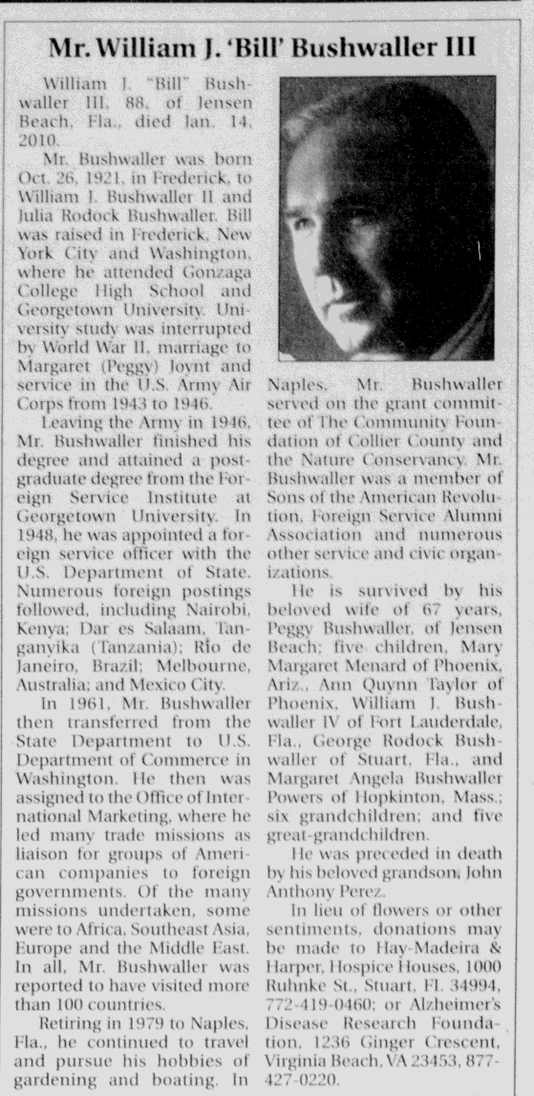
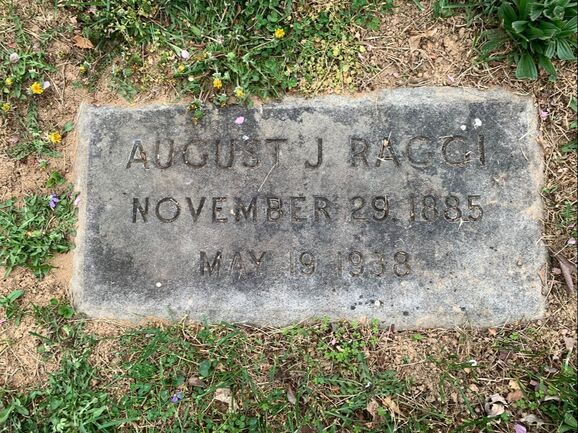
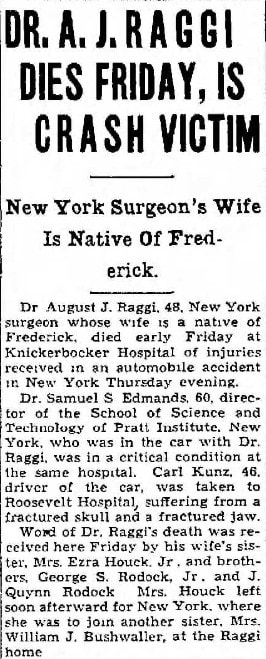
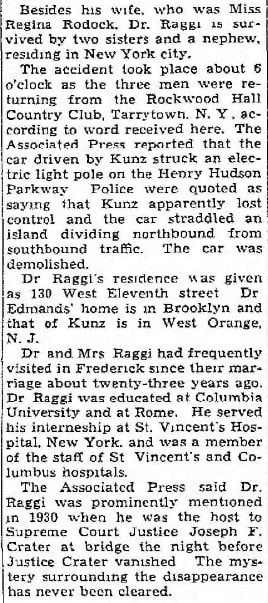
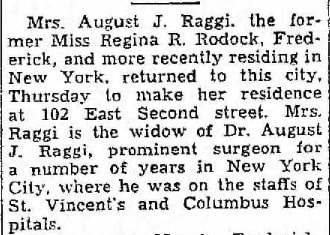
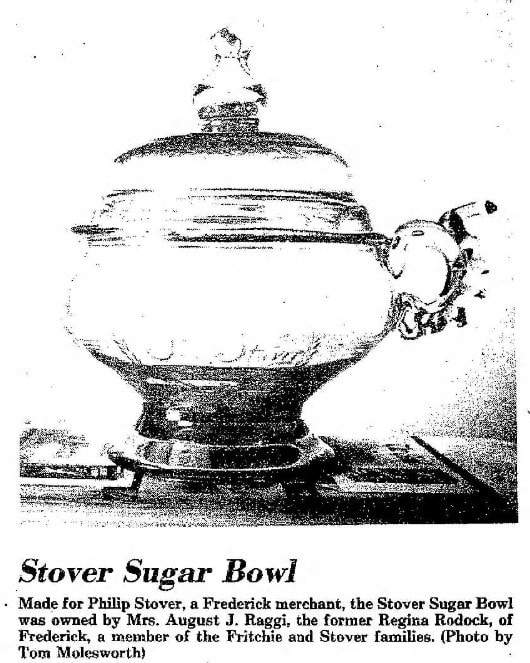
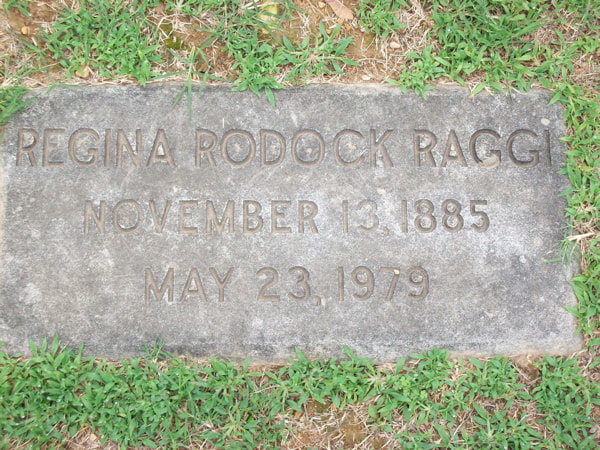
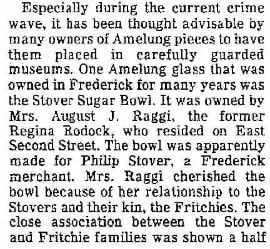
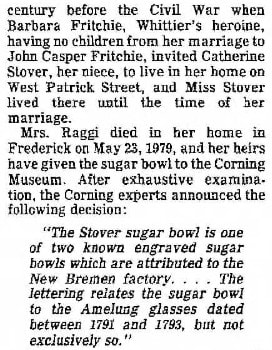
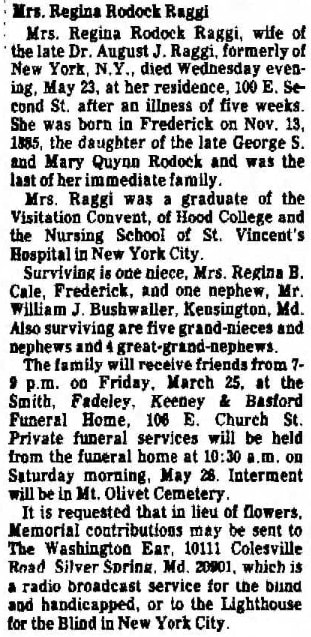

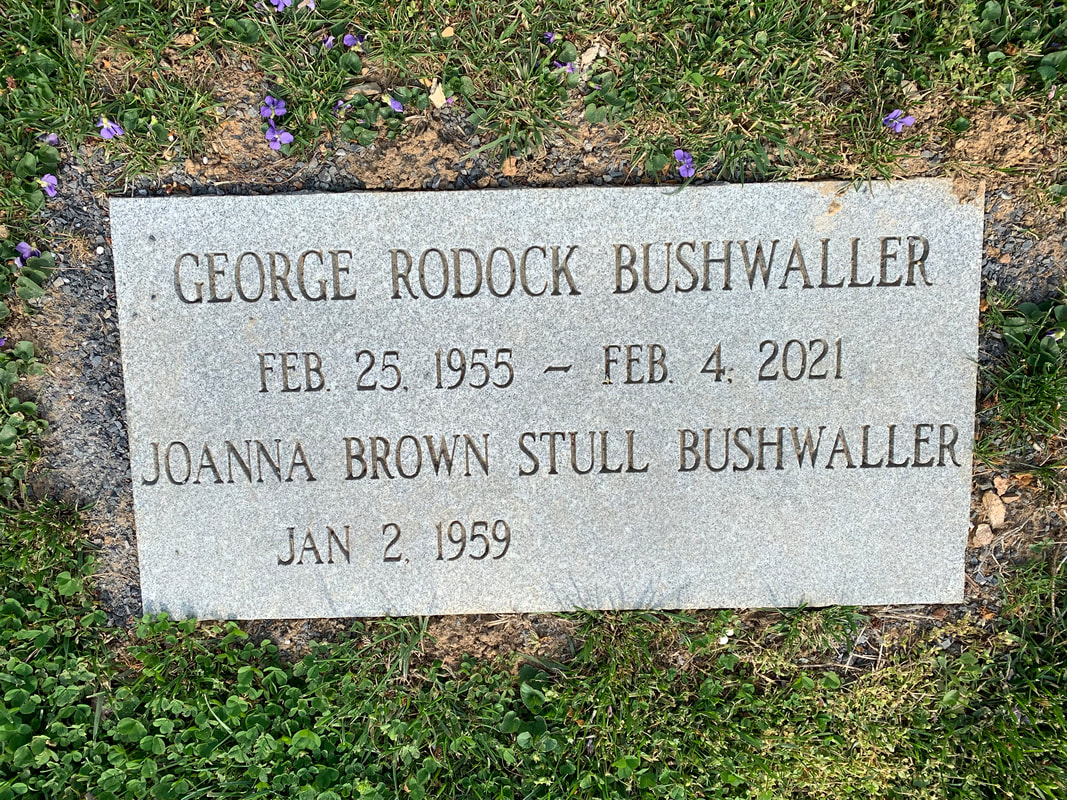
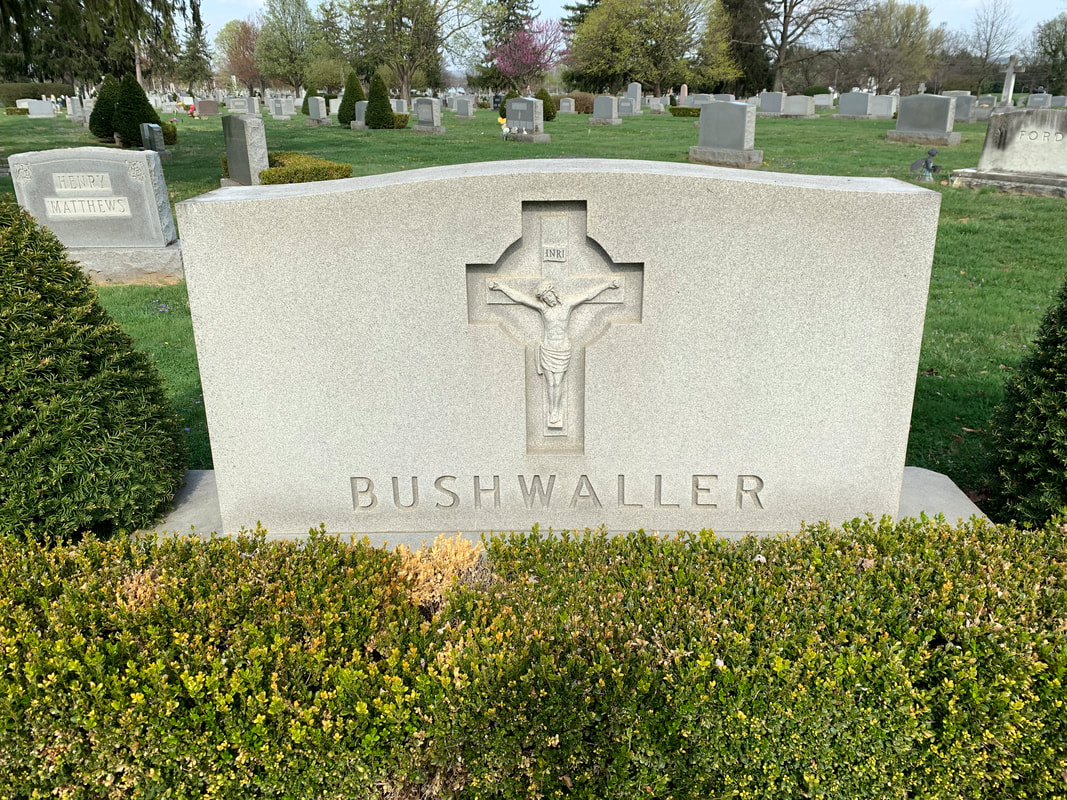
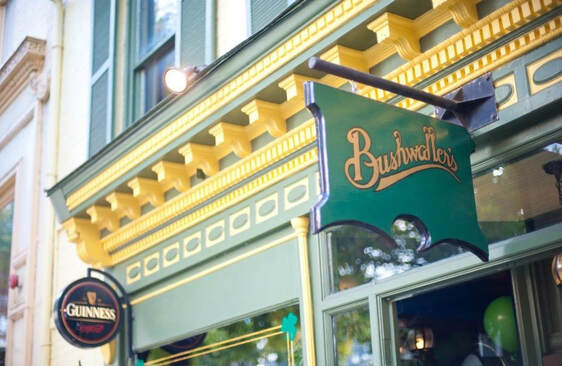
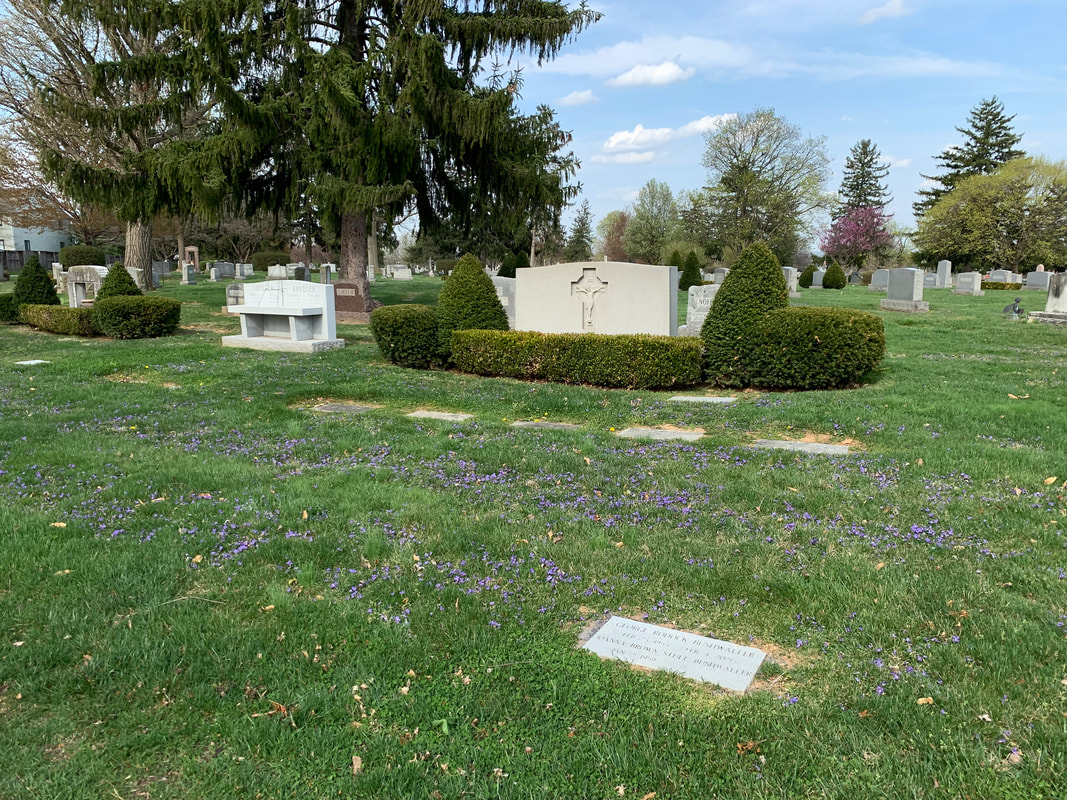
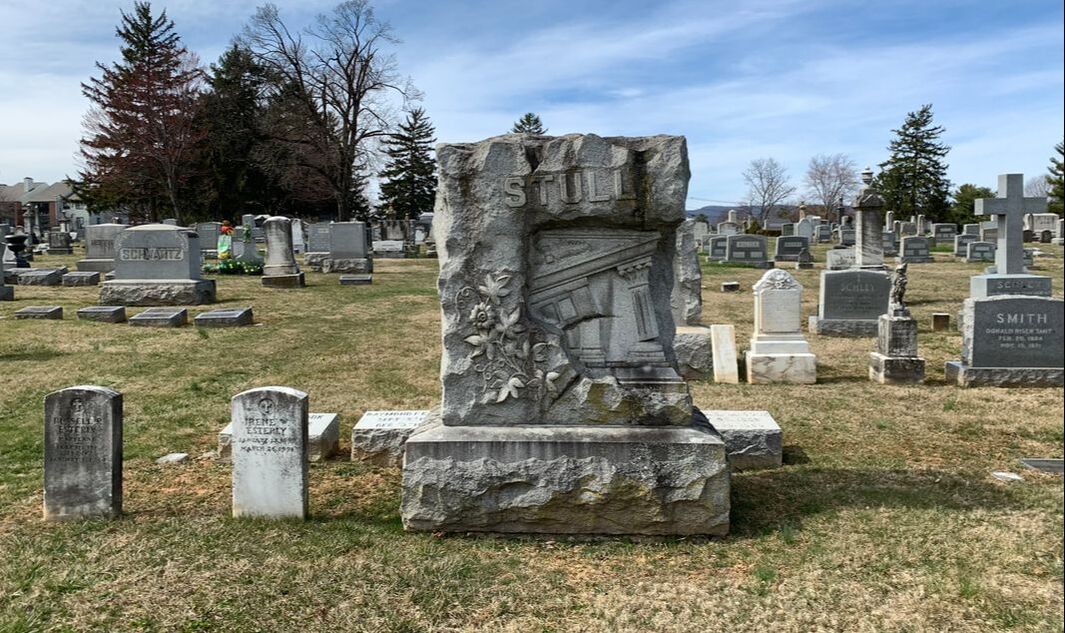
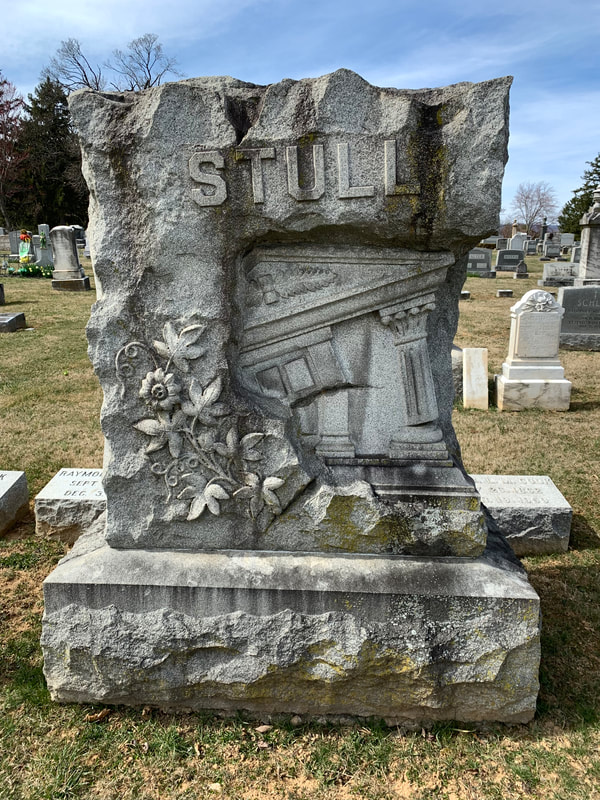
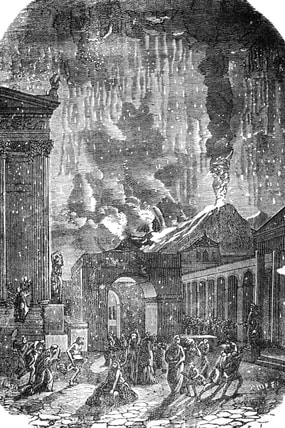
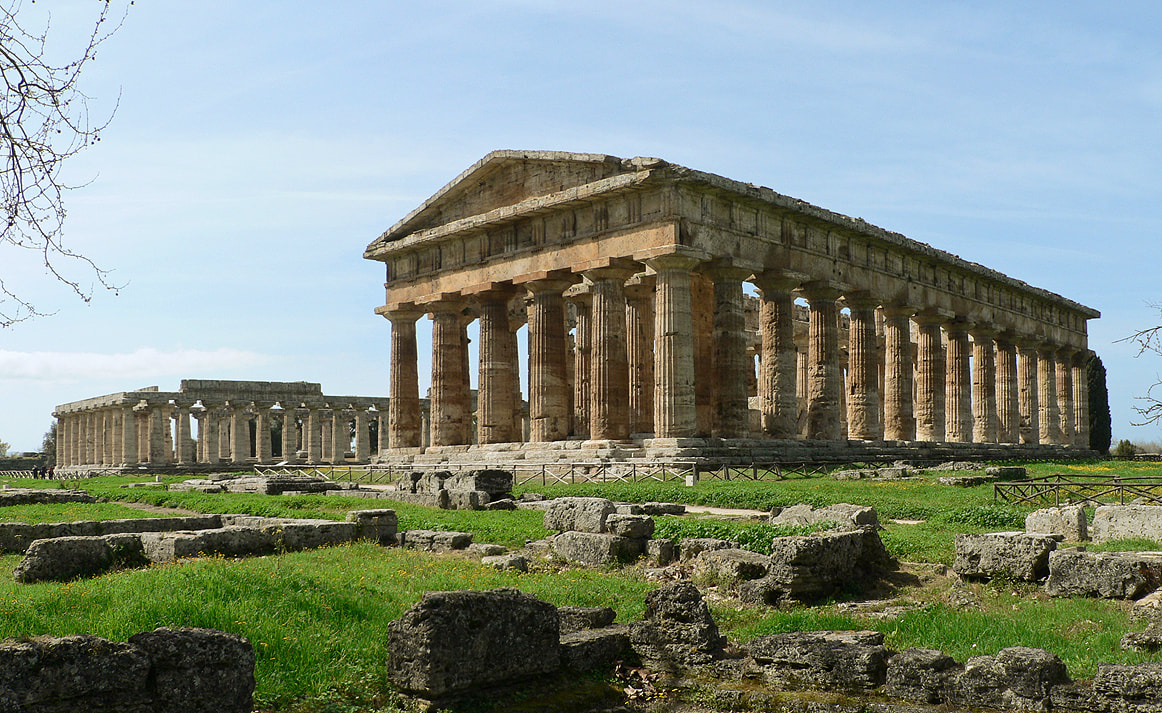
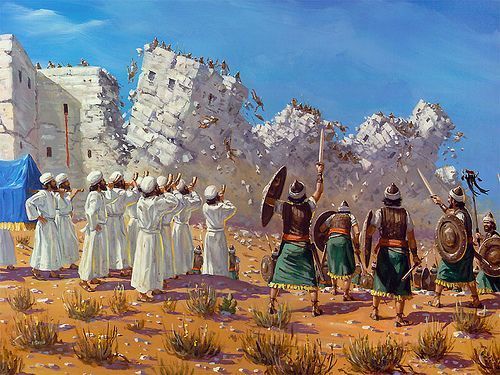
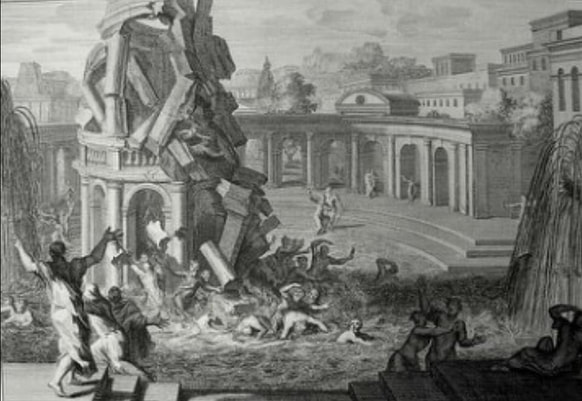

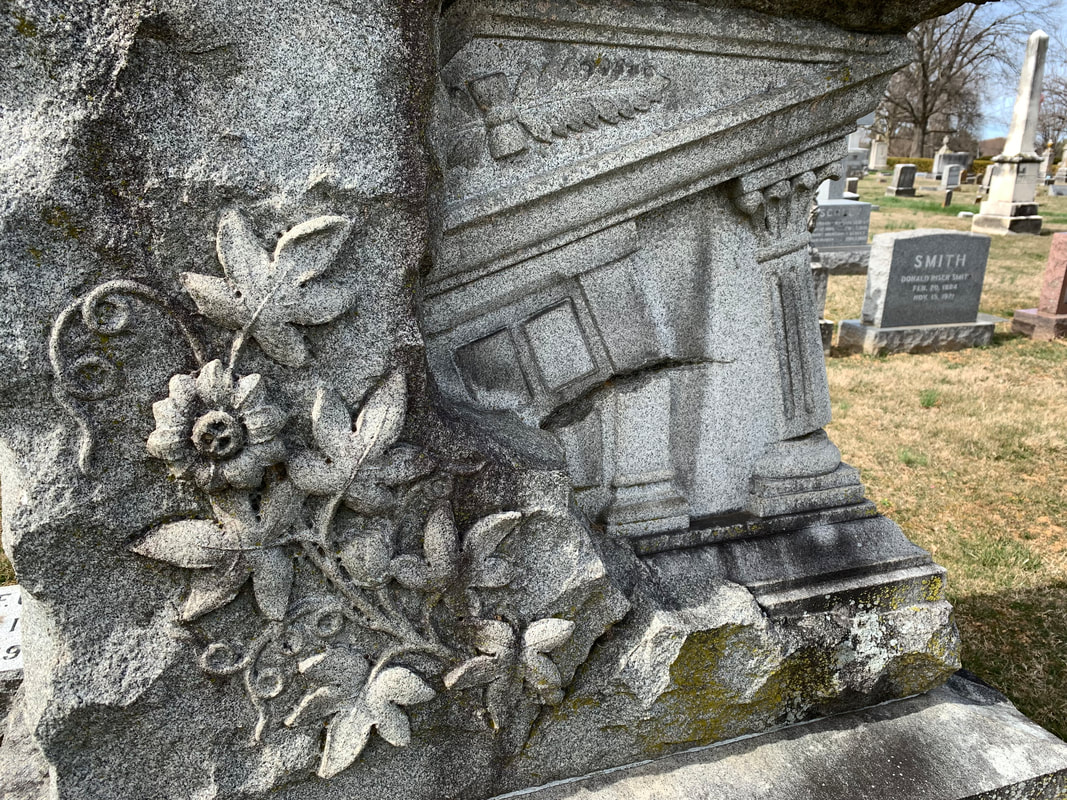
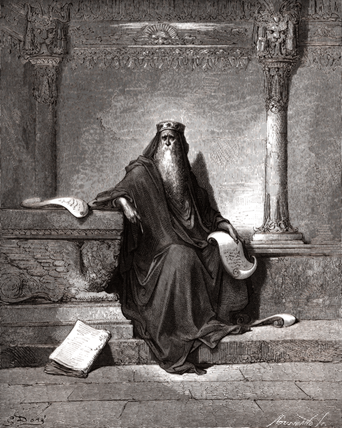
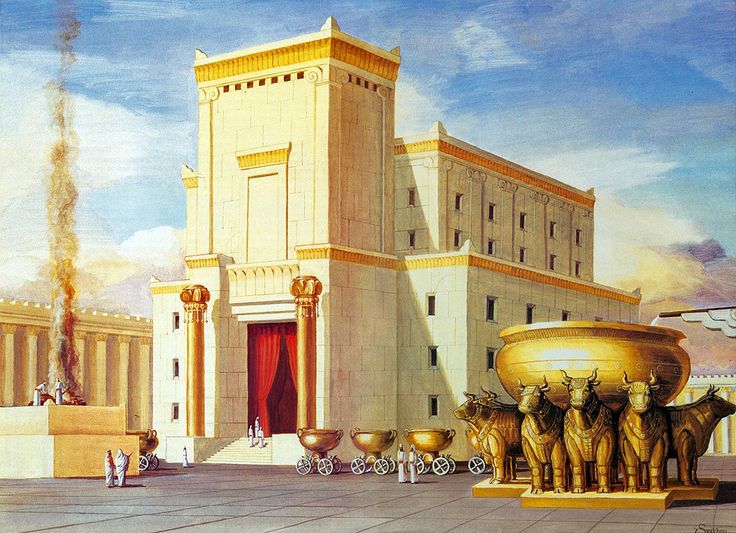
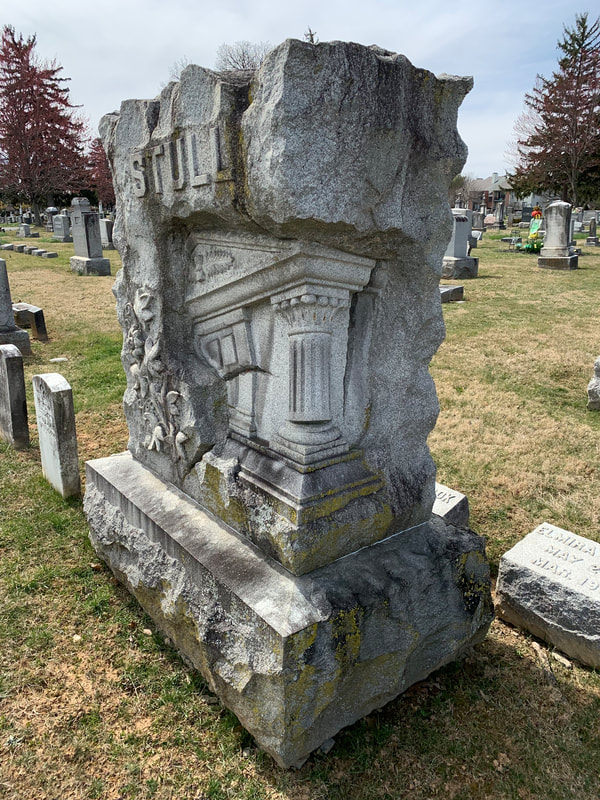
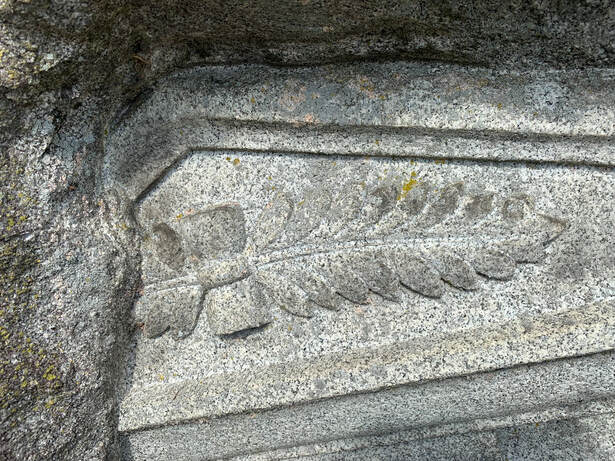
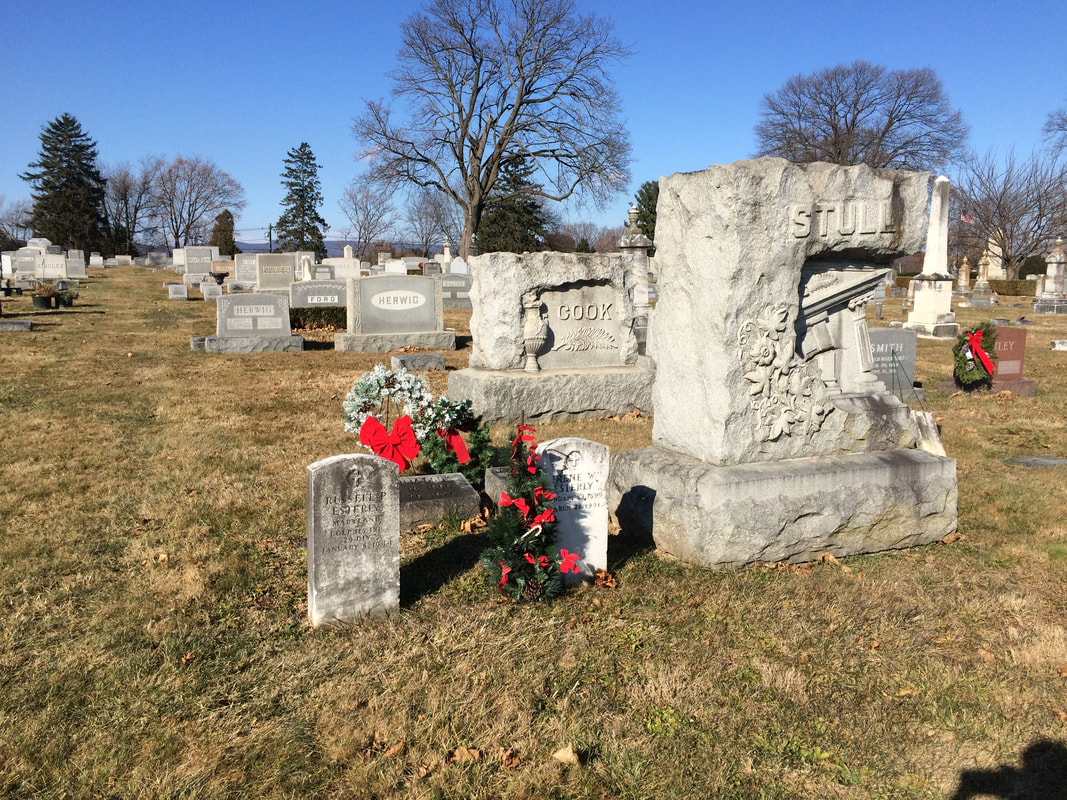
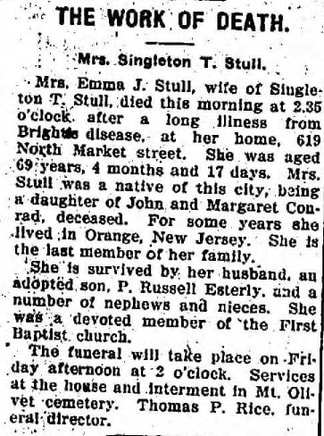
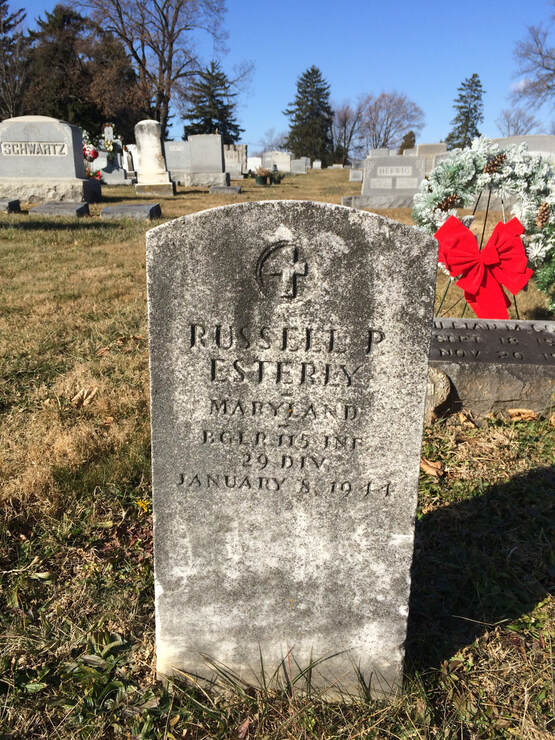
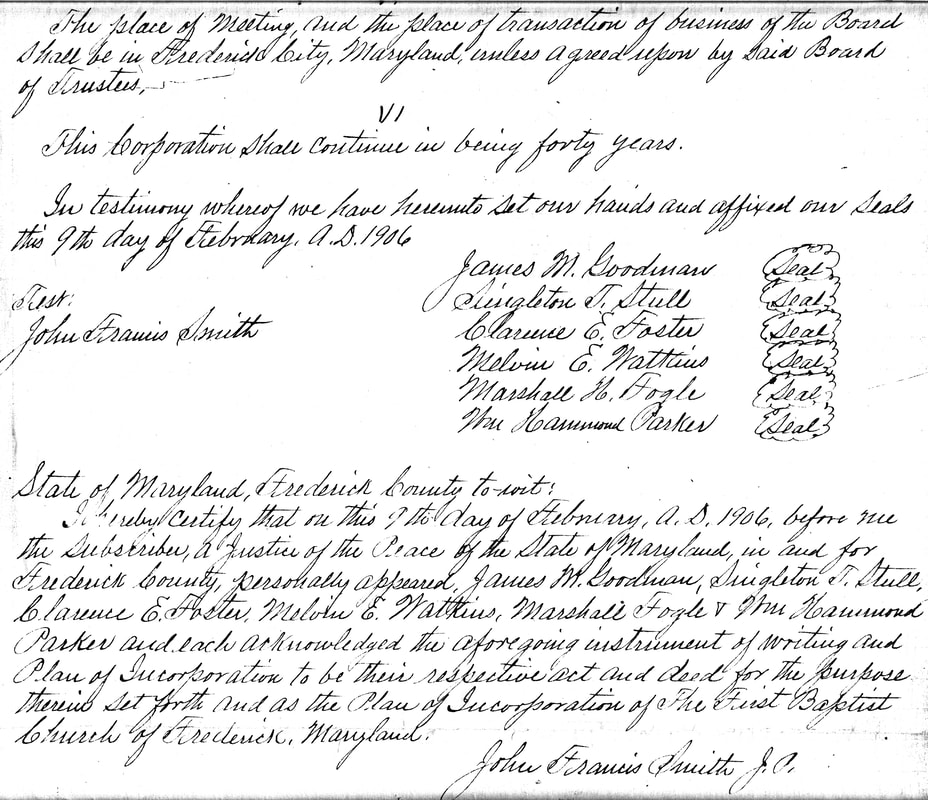
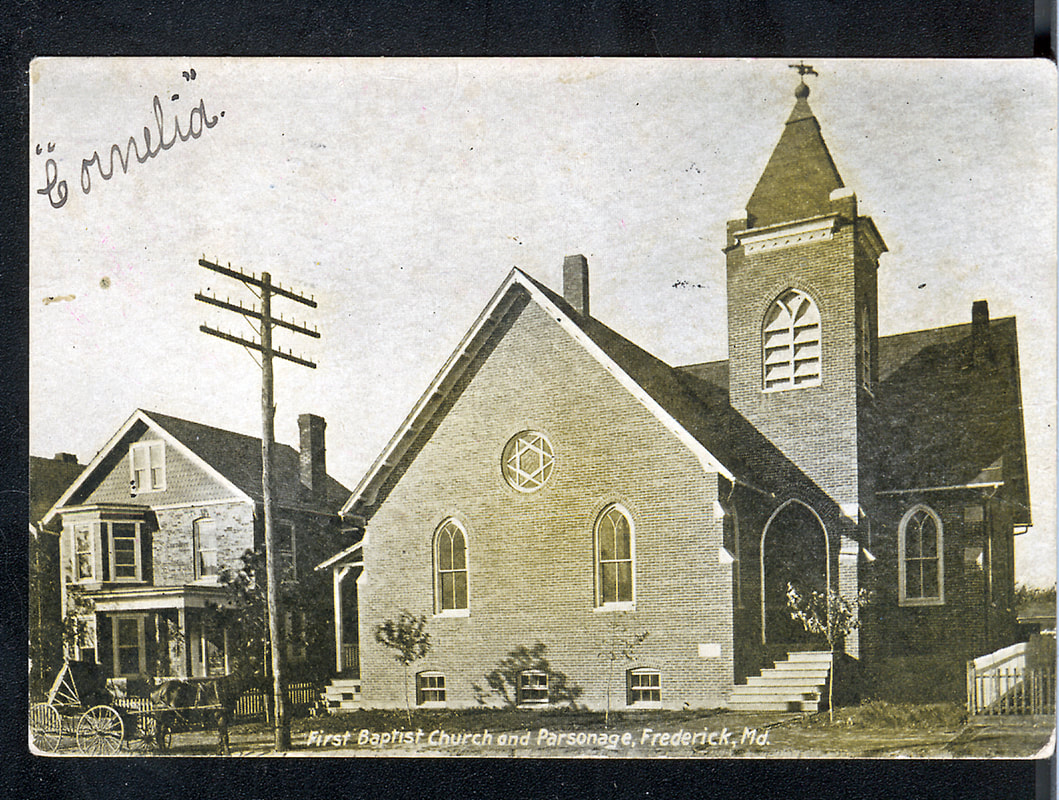


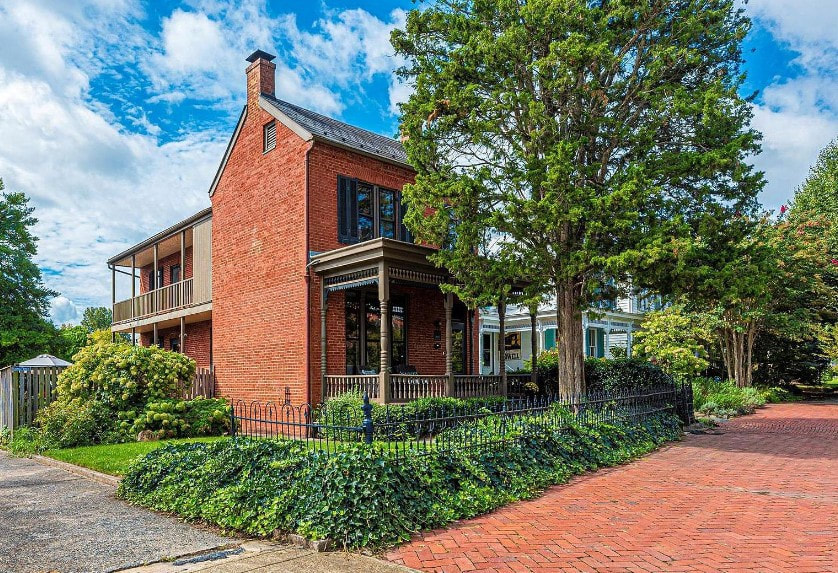

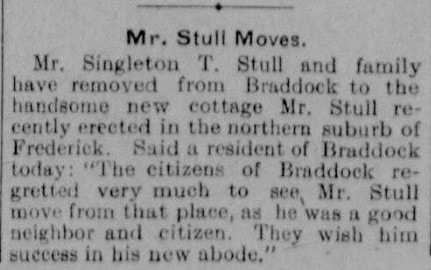
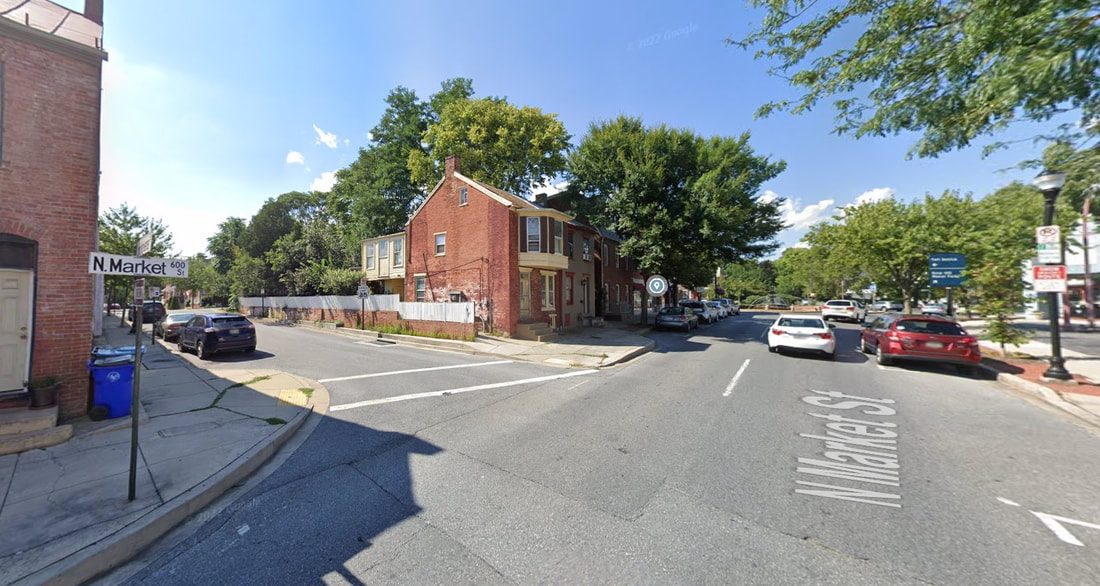

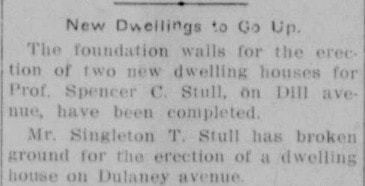
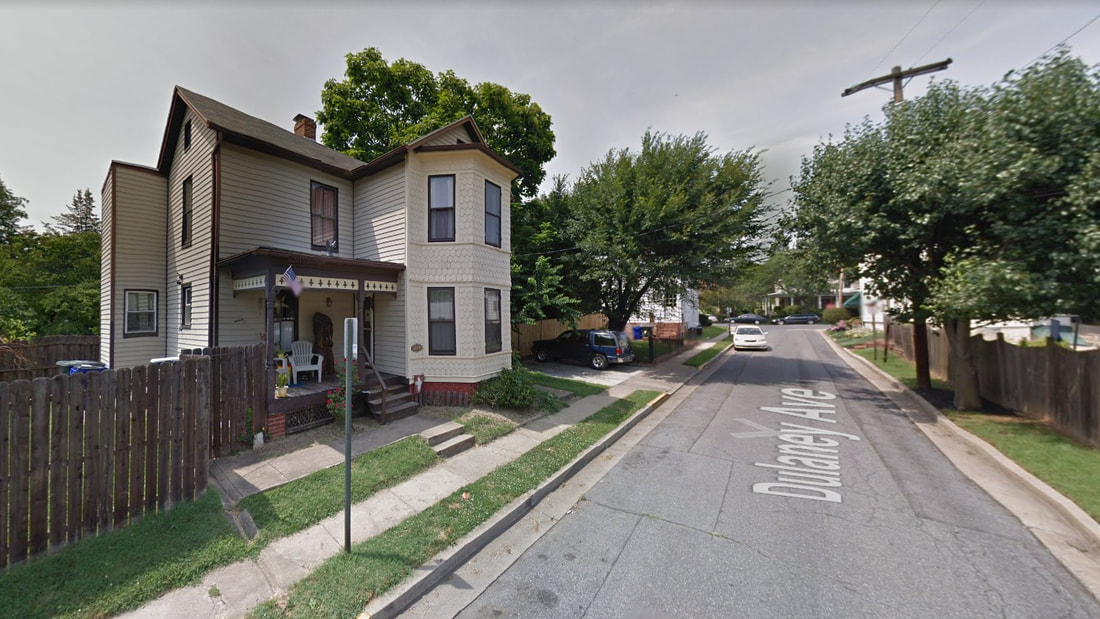
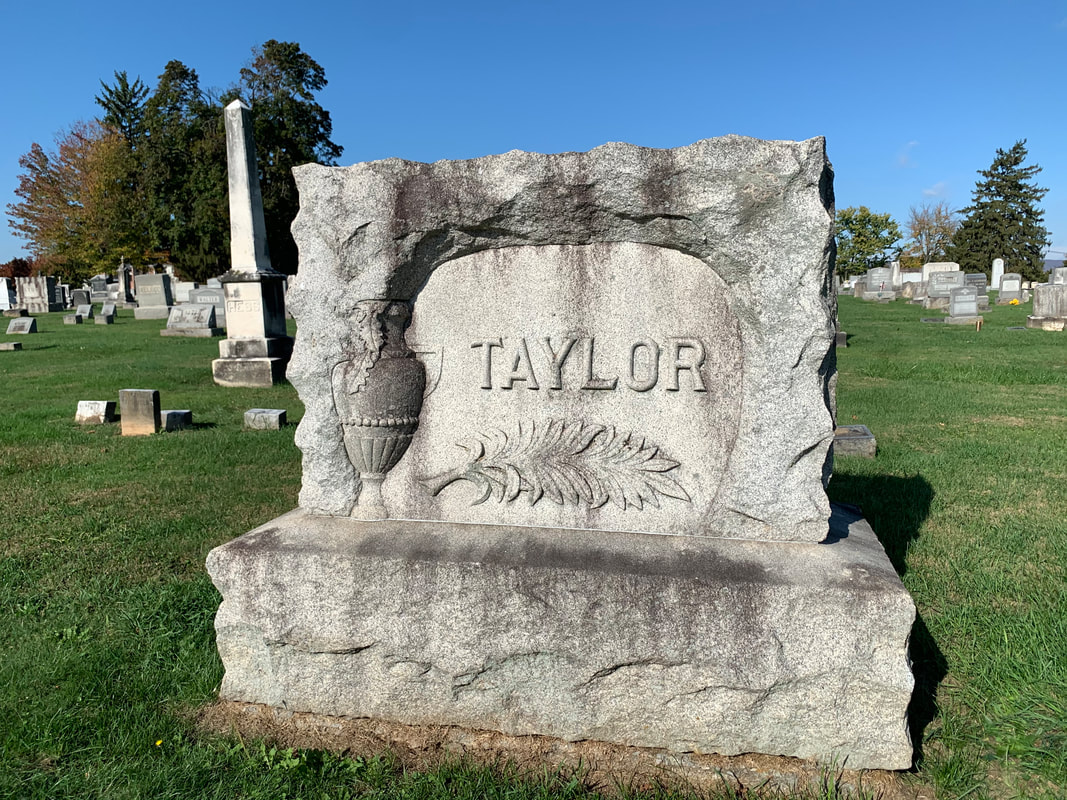
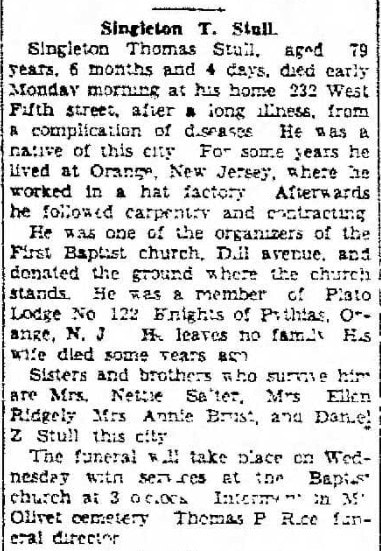
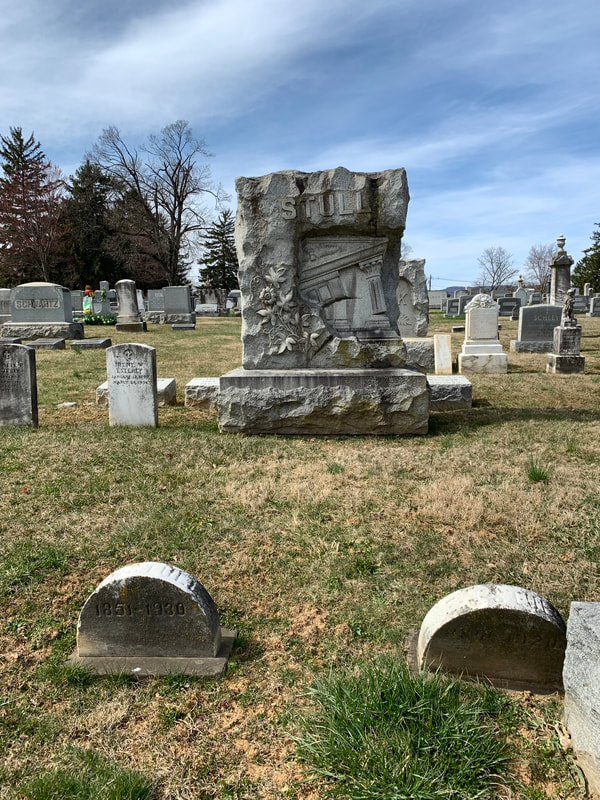
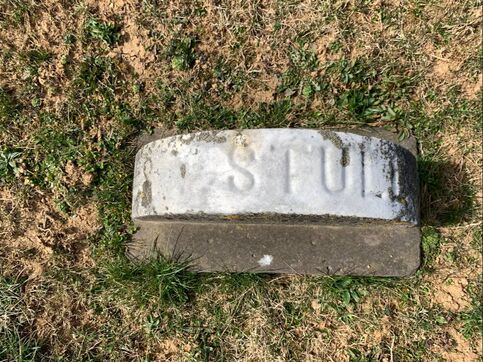


 RSS Feed
RSS Feed